A dip into my personal photography history now with some photos I took on a visit we took to Lacock Abbey in 2006, not long after I bought my first proper camera, the Canon 350D. It’s fascinating to look back at photos I took in the early days of deciding I wanted to take it up as a hobby and see some of the good elements (composition wasn’t too awful for a lot of shots) and some of the bad (why didn’t I shoot in RAW mode?)
Lacock Abbey is in Wiltshire but close to the furthest point in Wiltshire from our home in Hampshire so a not unsubstantial drive to get there. The village of Lacock is quintessentially old English in appearance with much of it being owned by the National Trust (we’re members; very much worth it if you like exploring the history of the country). Stone buildings and Tudor-style exteriors are very much the things you’ll see as you drive in and once you approach Lacock Abbey itself you’ll see a similar mix of architectural styles as the building was built and improved upon over the centuries.
Lacock Abbey was founded in the 13th century as an Augustinian nunnery. As with most religious buildings during Henry VIII ‘s Dissolution of the Monasteries it passed into private ownership in the mid-16th century and stayed that way until 1944 when the National Trust took over. Some of its last private owners were the Talbot family and a notable member of that family, William Henry Fox Talbot, was an early proponent of photography. A museum dedicated to Fox Talbot is outside the entrance of Lacock Abbey.
The interior spaces of Lacock Abbey were mostly empty but there were some occasional objects as points of interest, including a large, black cauldron (known as the Nun’s Boiler) with a latin inscription that reads in English: I was moulten or made by Peter Waghuens, of Mechlin, in the year 1500. Praise be to God and glory to Christ.
However, one of the main reasons we wanted to visit Lacock Abbey was because we’d heard it was the filming location for some scenes in both Harry Potter and the Philosopher’s Stone and Harry Potter and the Chamber of Secrets several years earlier. This filming was mostly taken in the cloisters and they were instantly recognisable as soon as we wandered through them. A few years after our visit there would be further scenes shot in Lacock Abbey for Harry Potter and the Half Blood Prince. More recently, scenes for the related movie Fantastic Beasts: The Crimes of Grindelwald have been shot in the area. I’m not a huge Harry Potter fanatic, in case you’re wondering, but my wife has all the books and I find the films very enjoyable.
Leaving Lacock Abbey we had a short wander around the village and decided to take some lunch in the Red Lion, a Georgian pub. It is a strange thing but to this day I can still remember what I ate there and why; scampi and chips was the what and the why was because it was the best scampi I’ve ever had. It’s a running joke with us that despite eating scampi in plenty of seaside places around the country it’s still this pub, 40 kilometres from the sea, 12 years ago now, that had the best.
After lunch and before leaving Lacock Abbey and village we popped into the Tithe Barn, a medieval building constructed from limestone. Not a huge amount to say about it but as it’s free to enter and only takes a minute of your time then if you’re in the area it’s worth a quick nose.
As I said at the start it’s fascinating to see these old photos I took when I knew considerably less than I do now about photography and architecture and when I had less of a traveller’s eye for interest and information. Lacock Abbey and village are places we’ve mentioned in recent years that we need to go back to and take another look at and seeing these pictures again has strengthened my resolve to do so sooner rather than later.
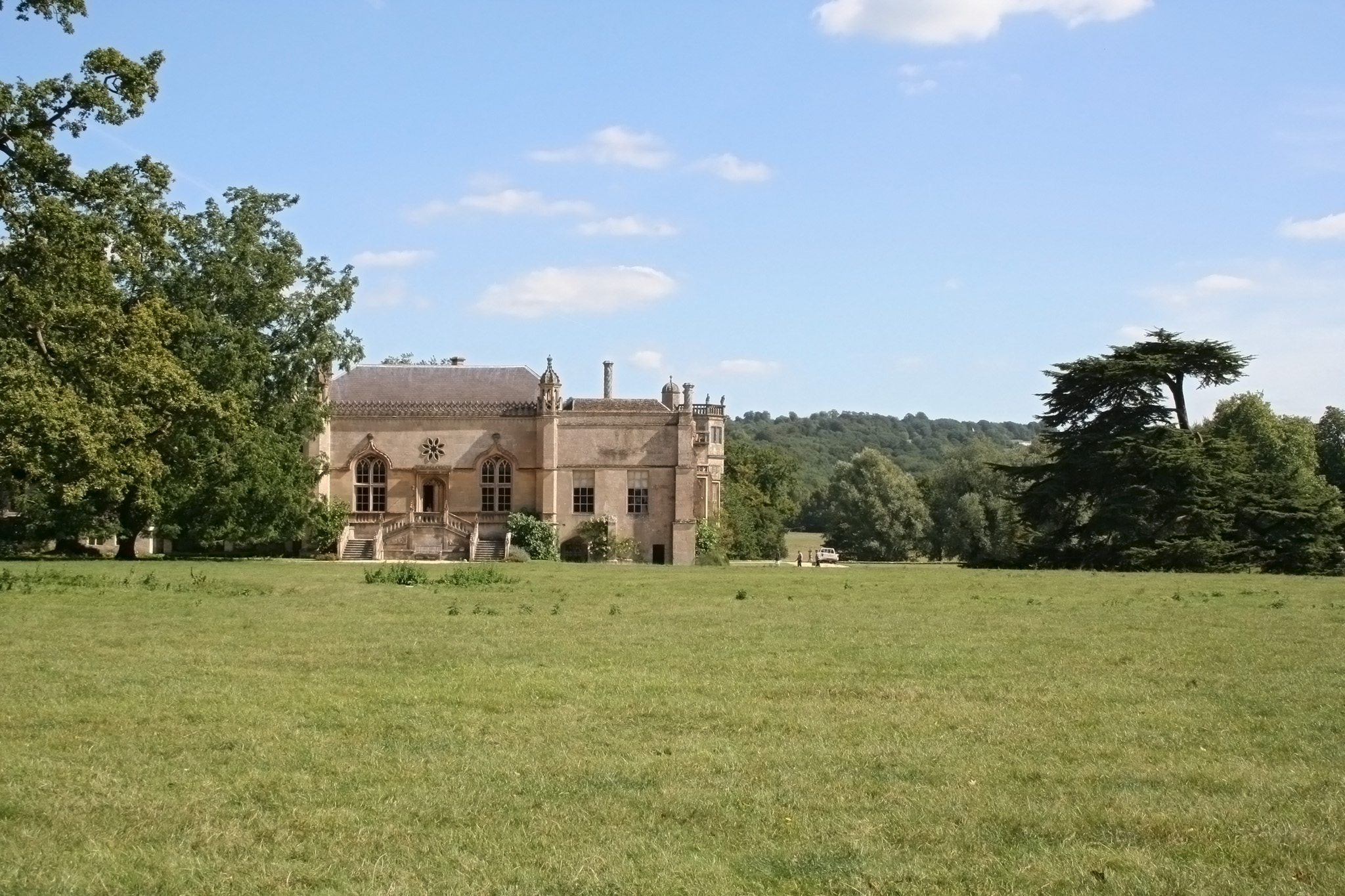
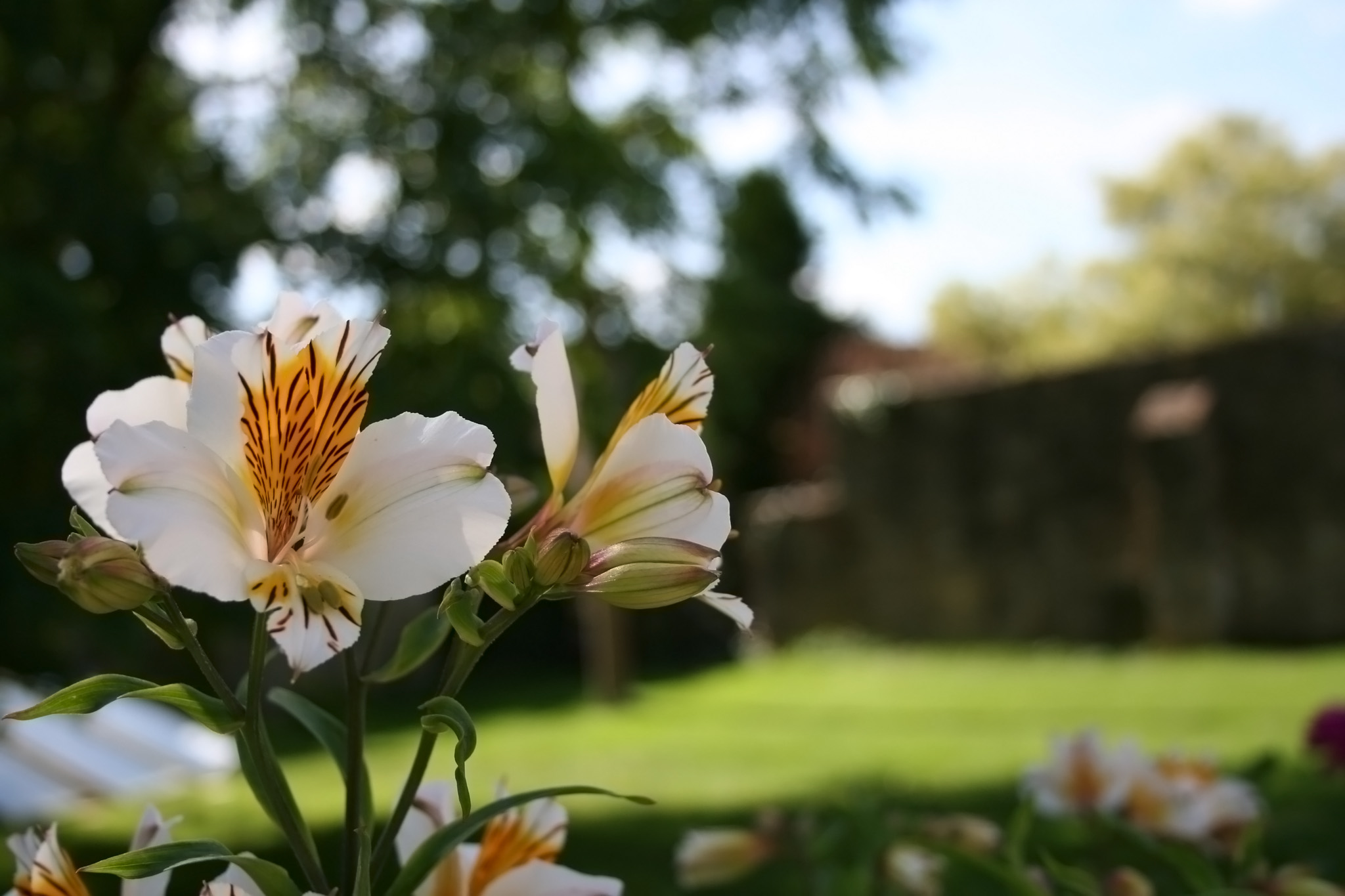
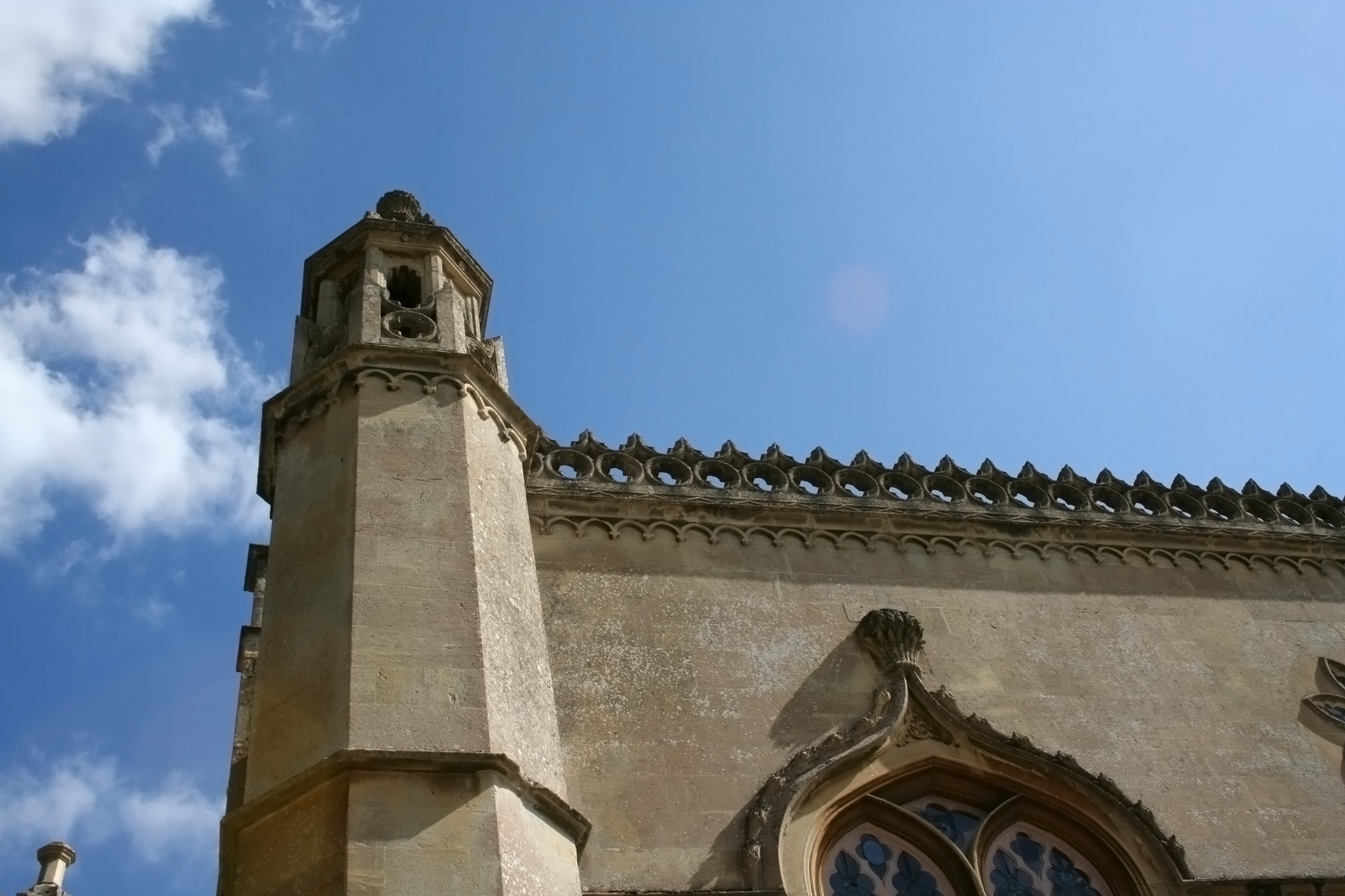
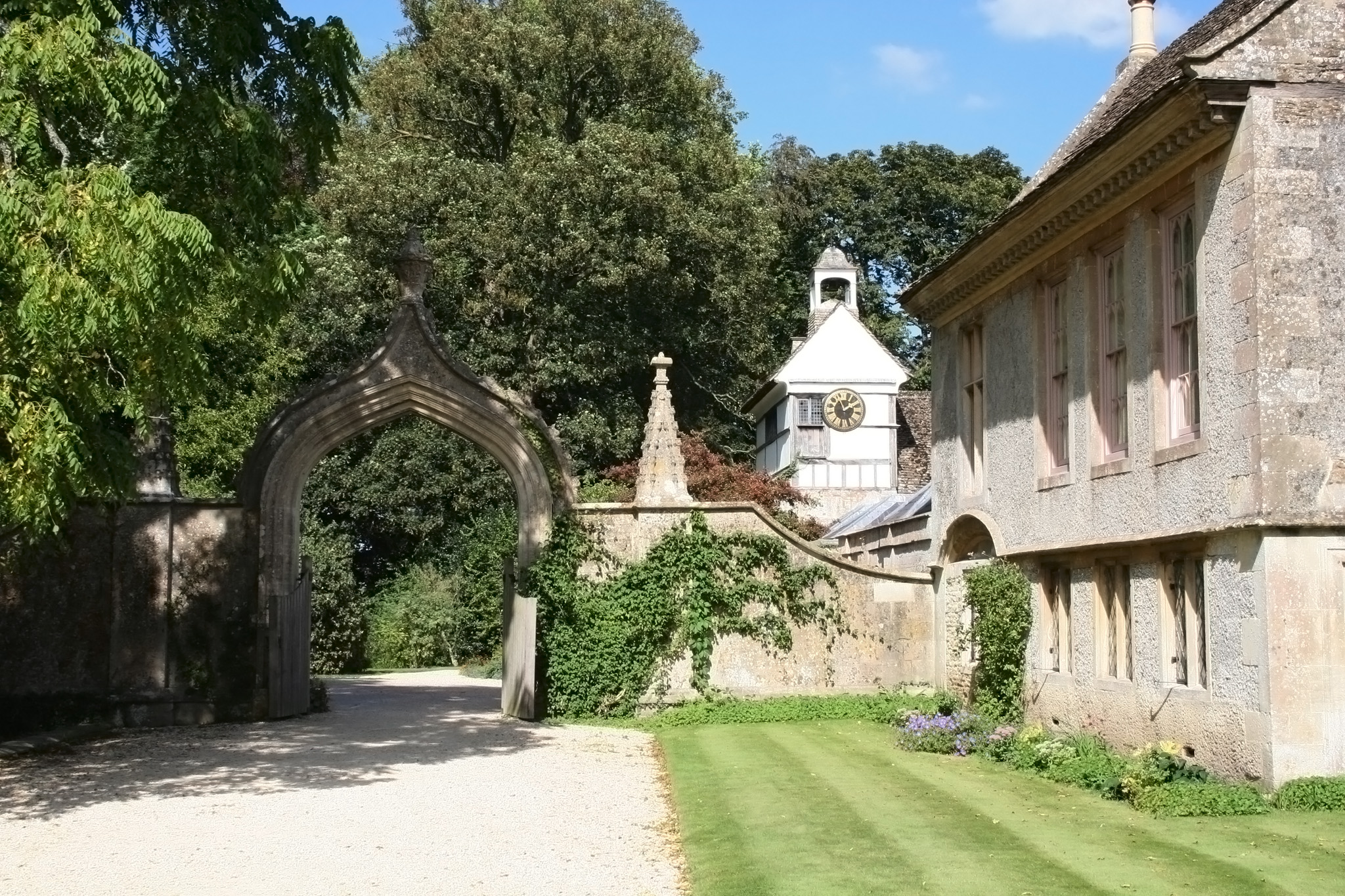
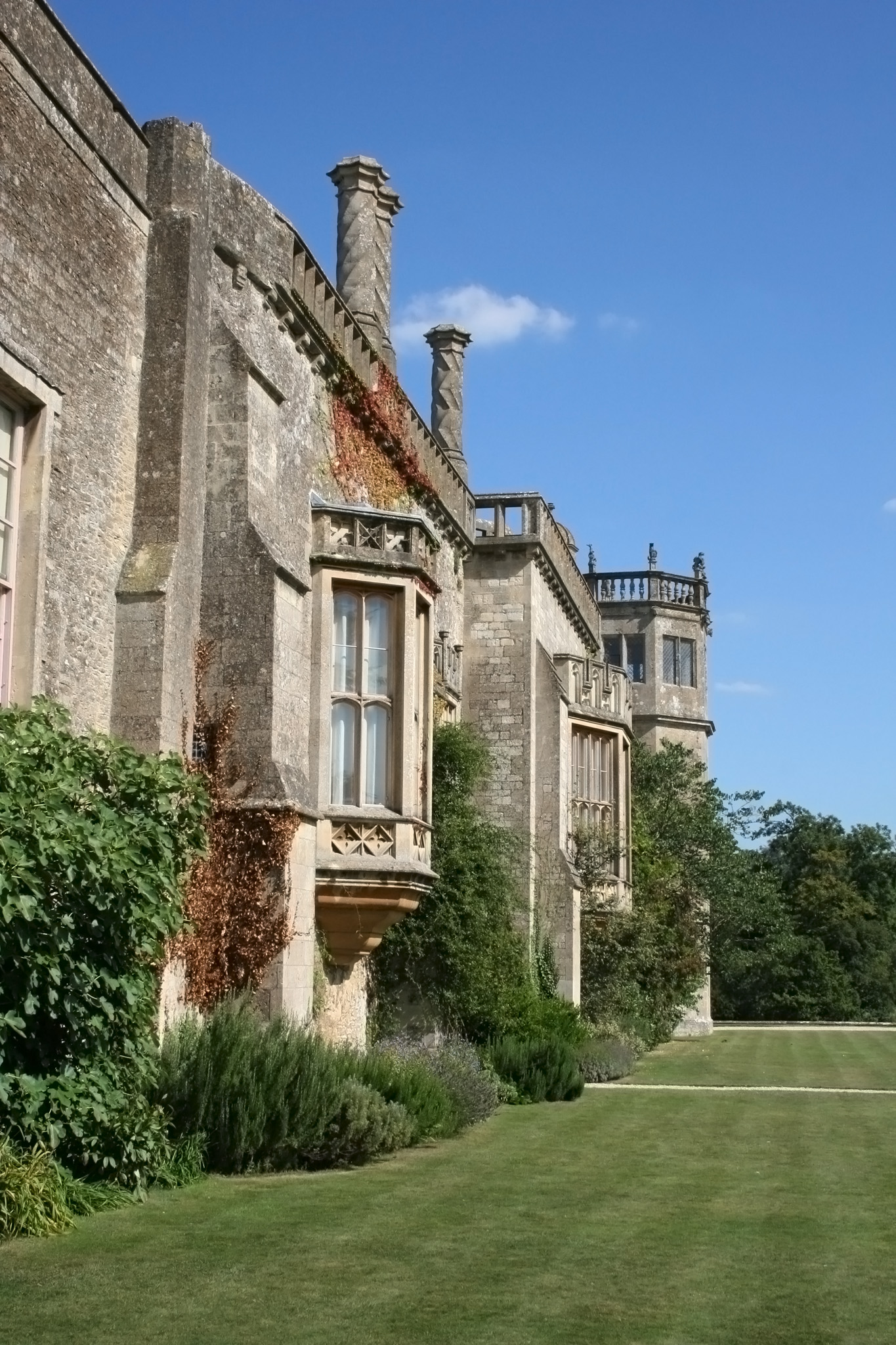
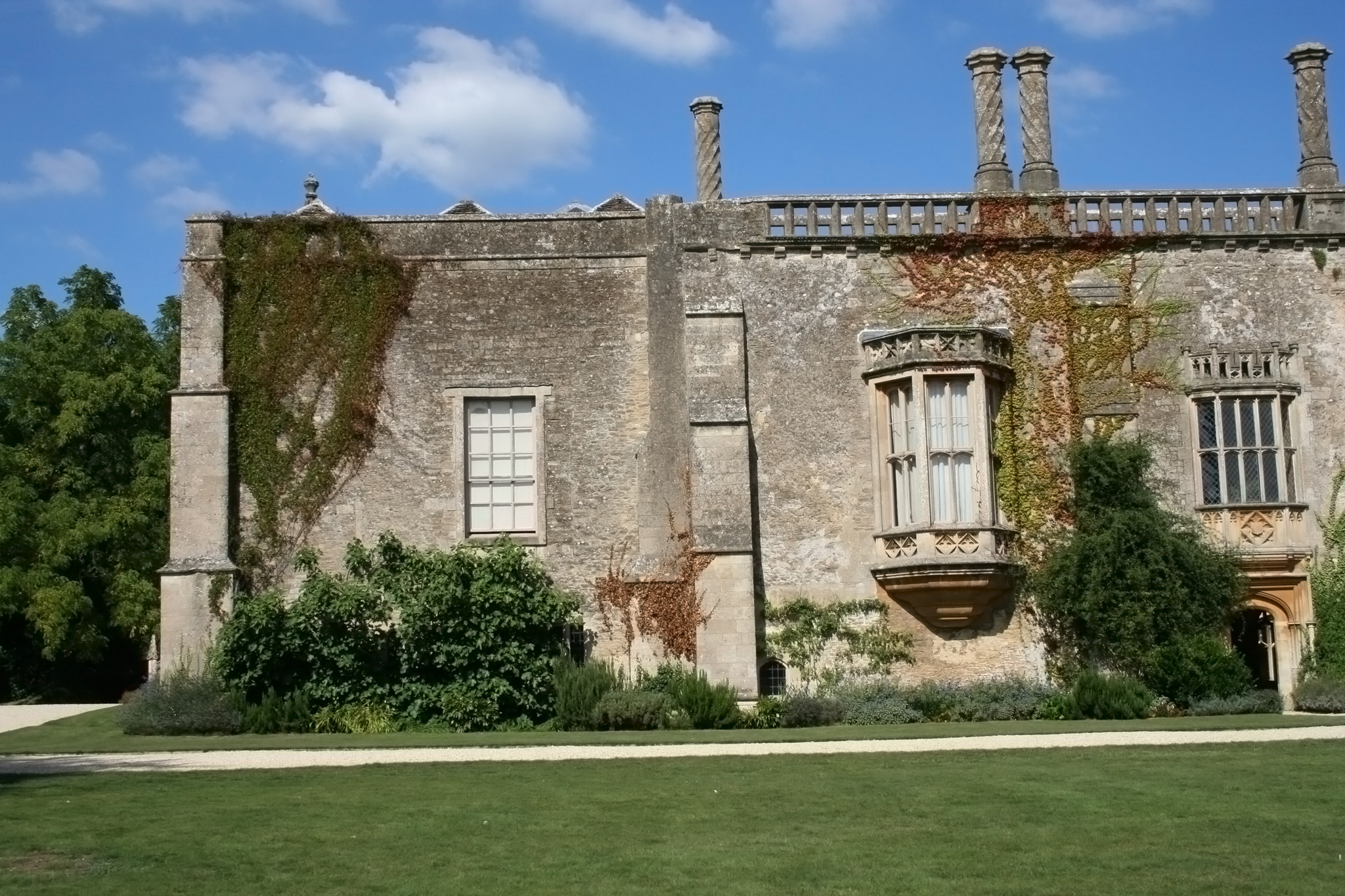
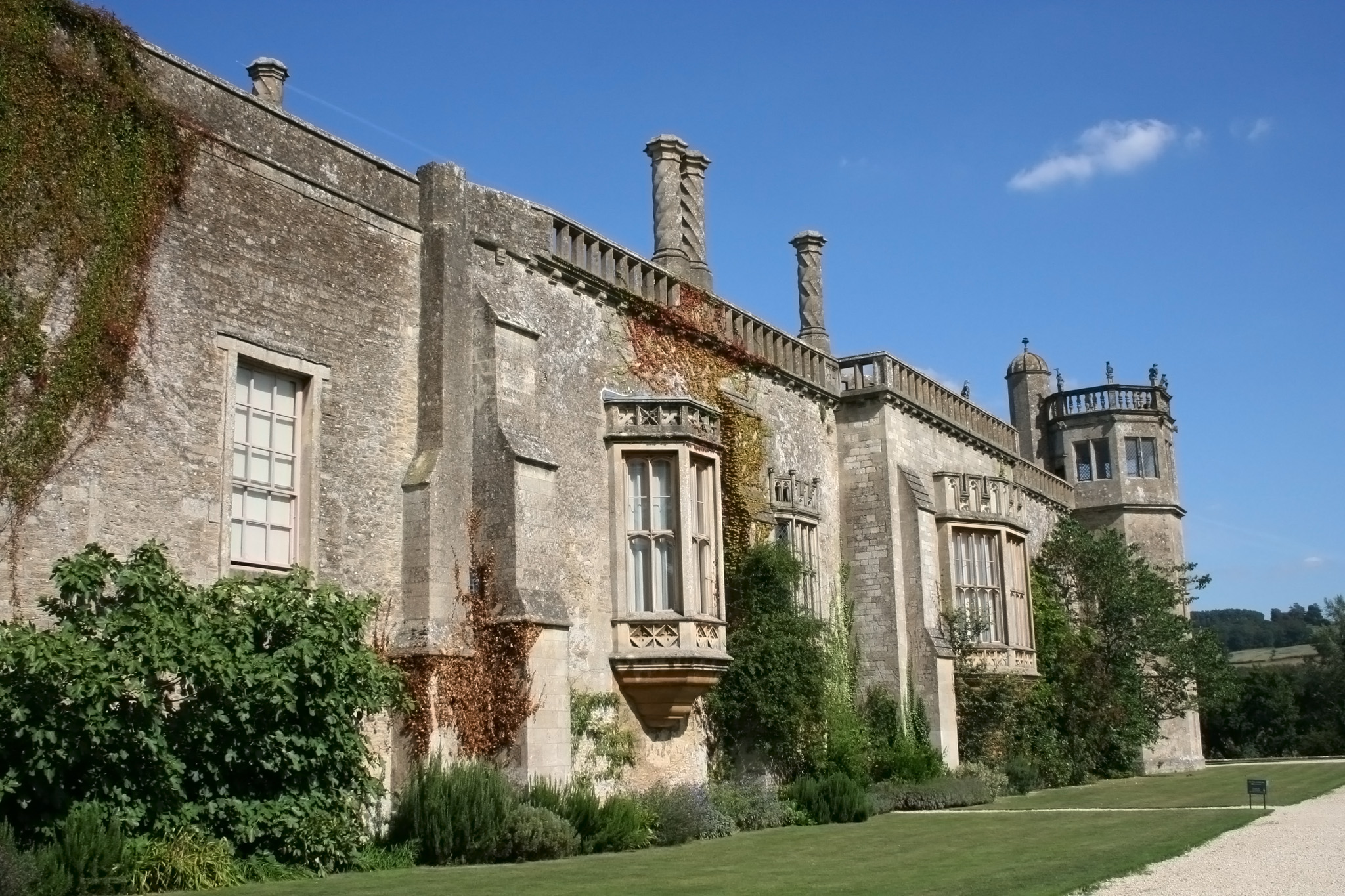
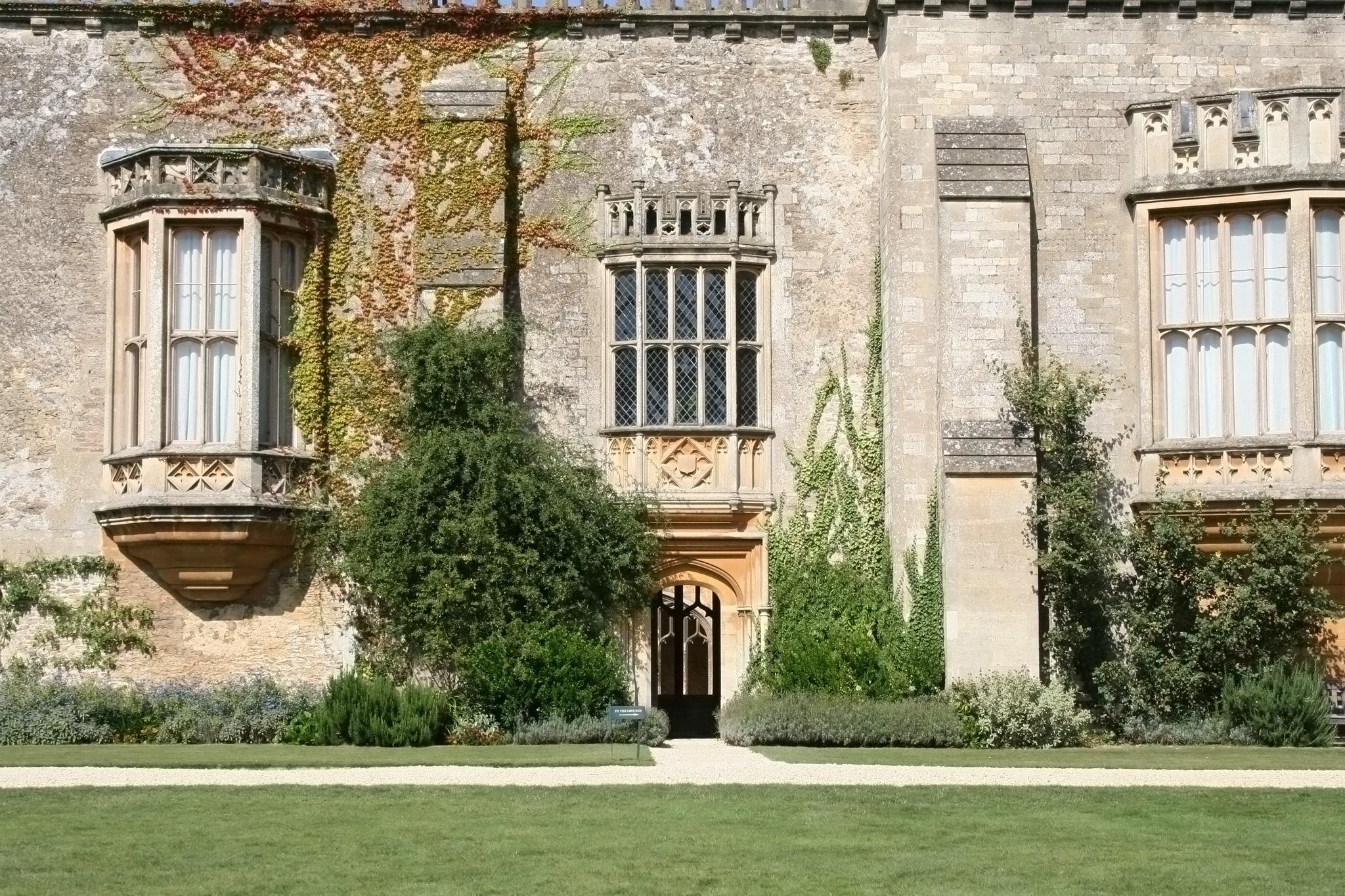
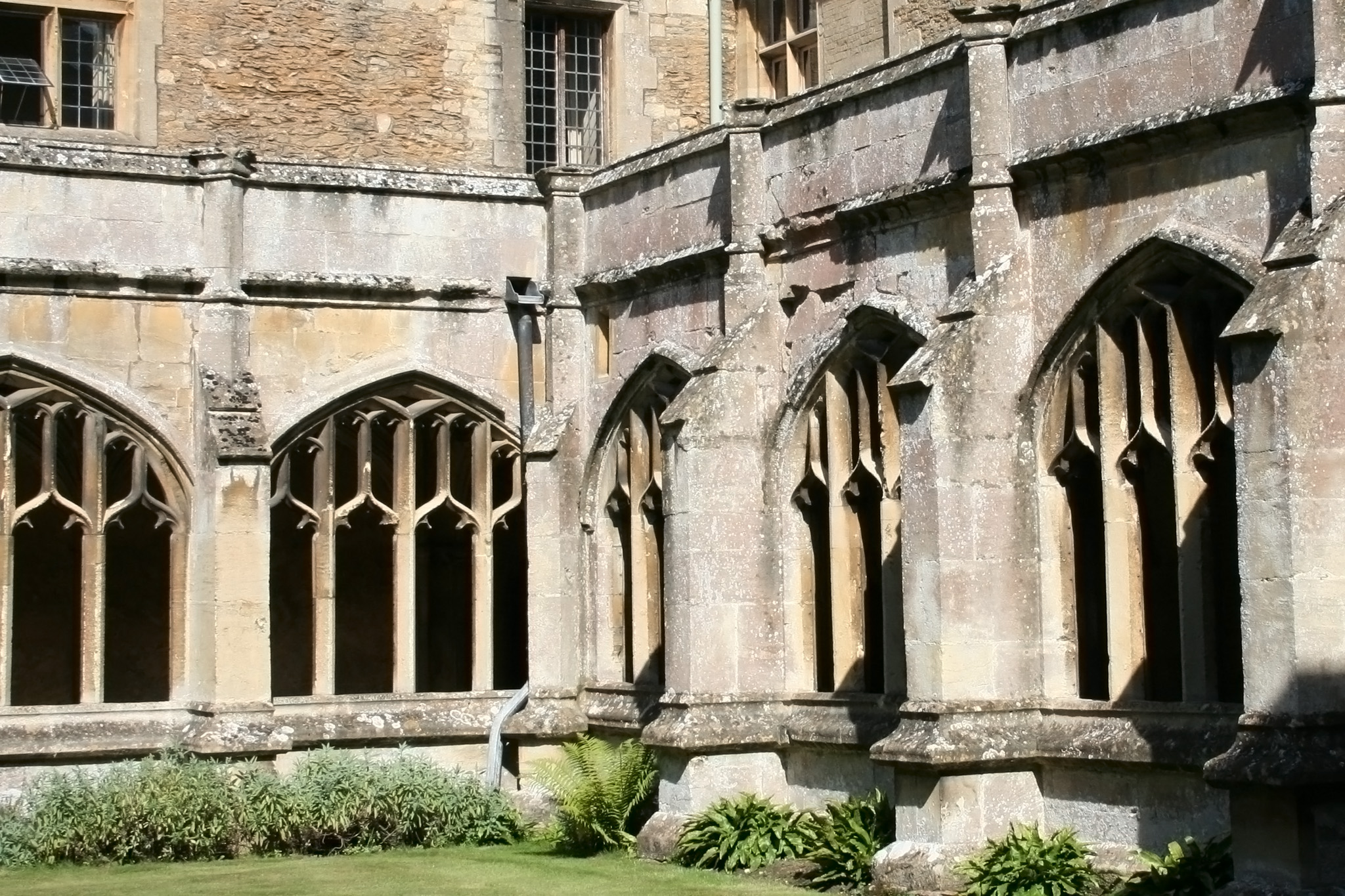
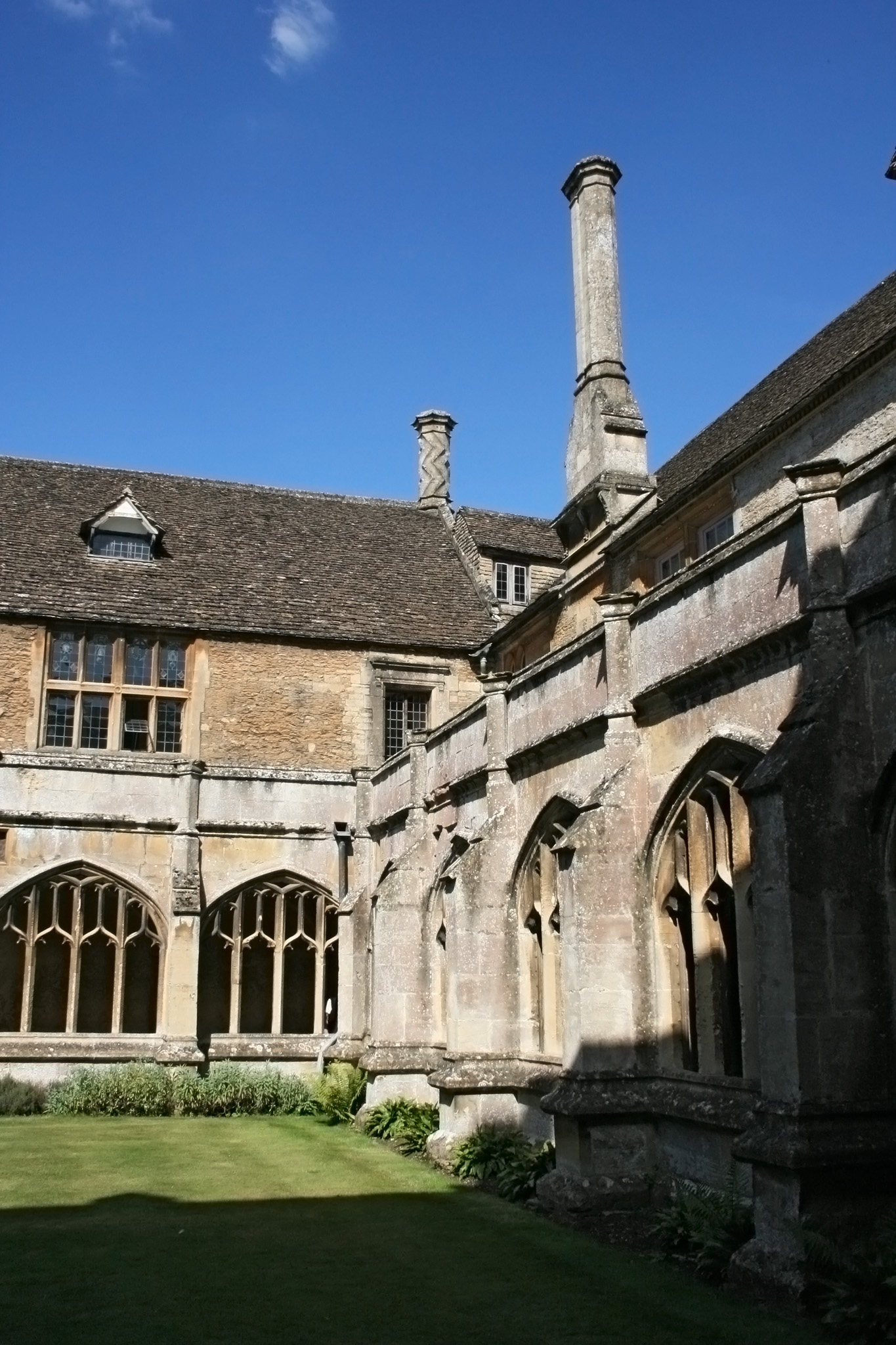
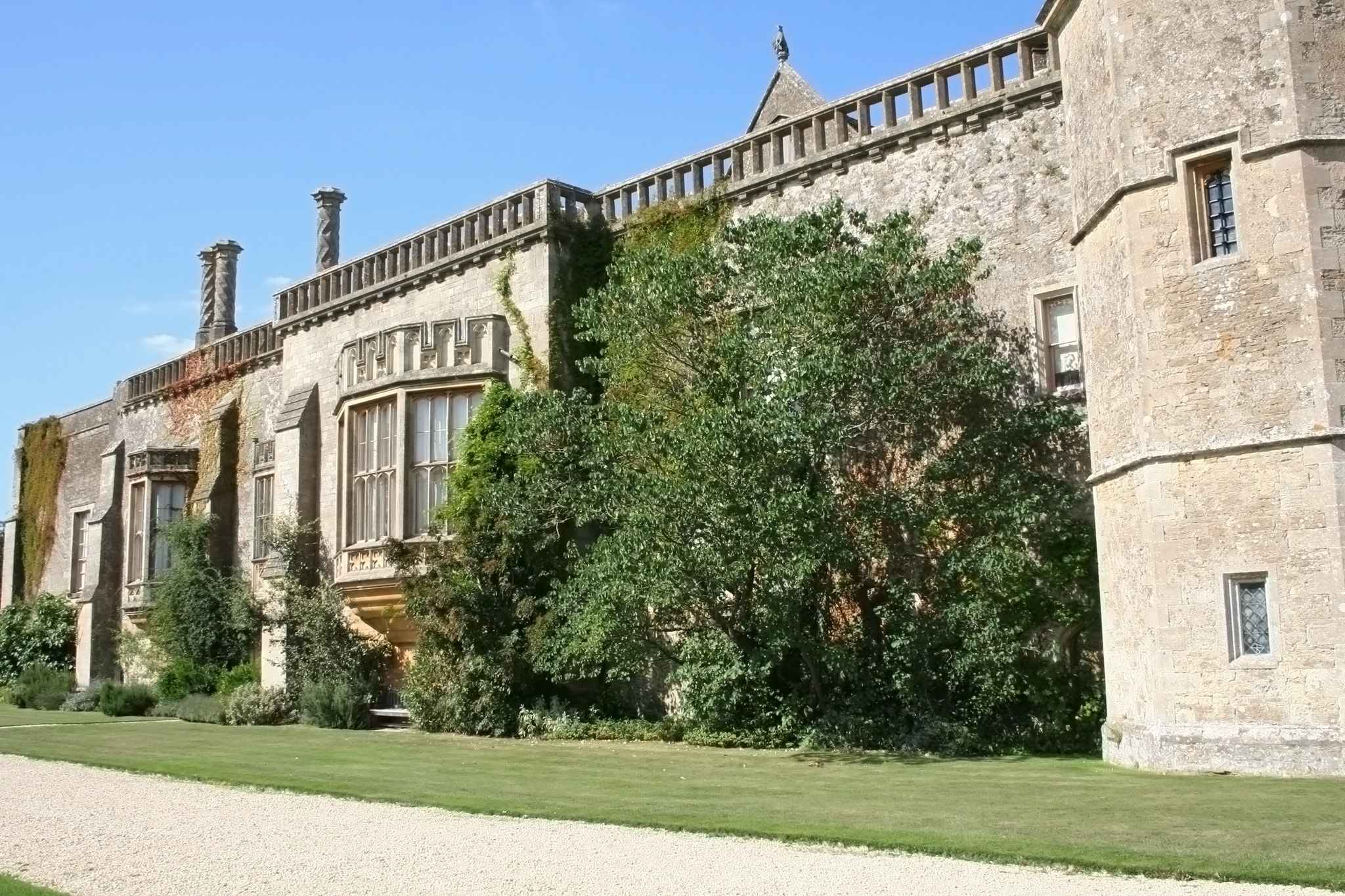
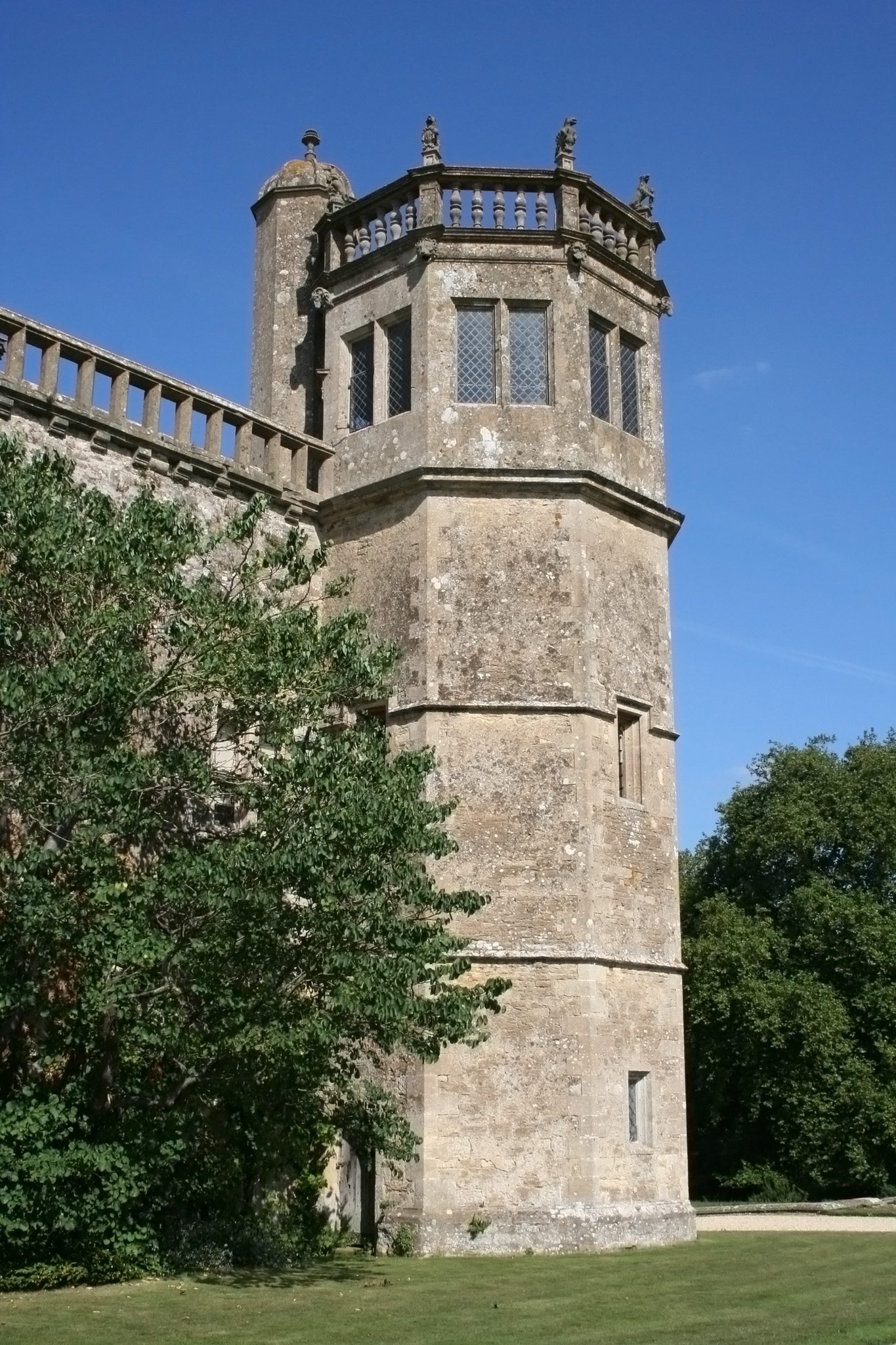
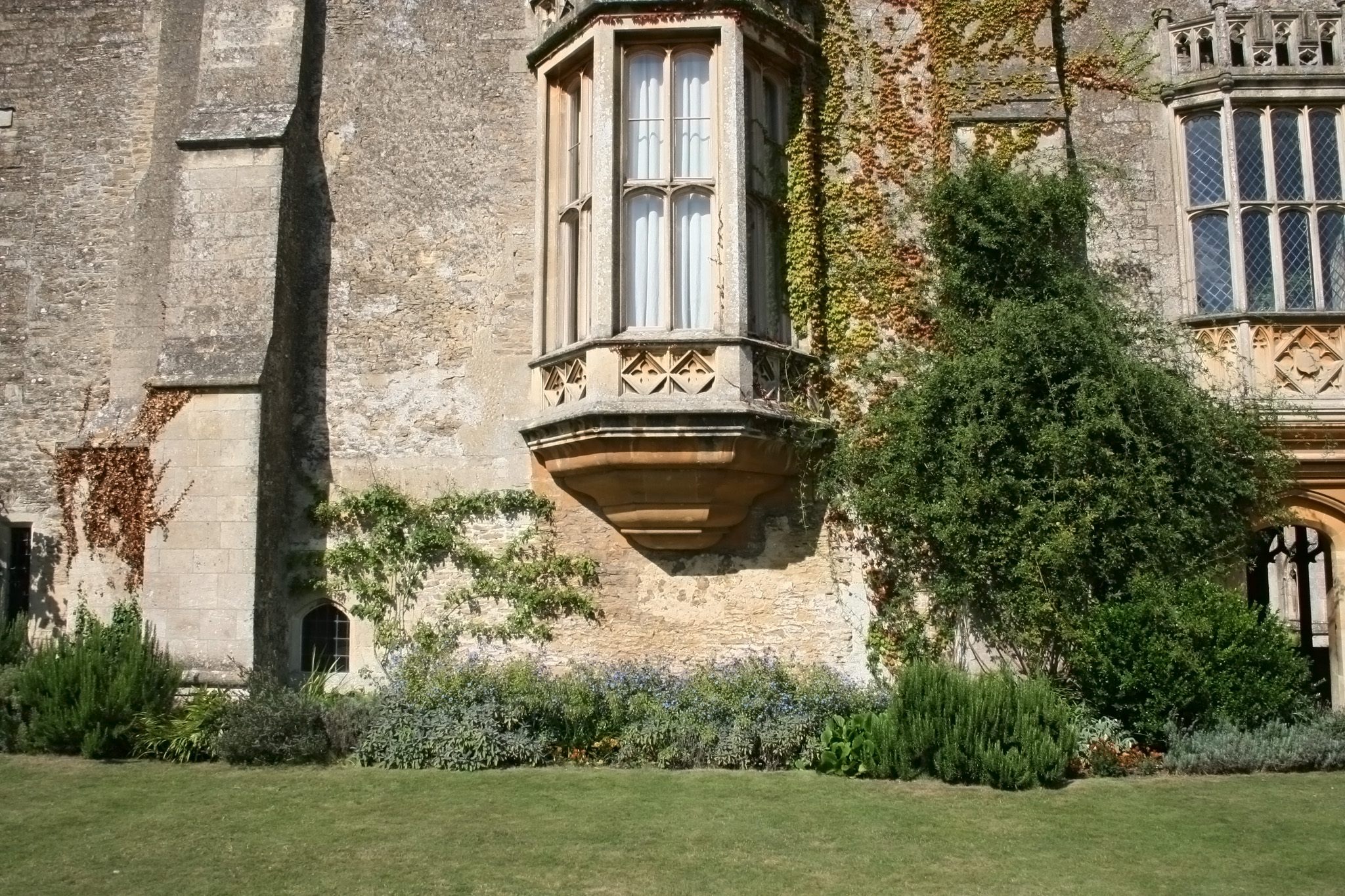
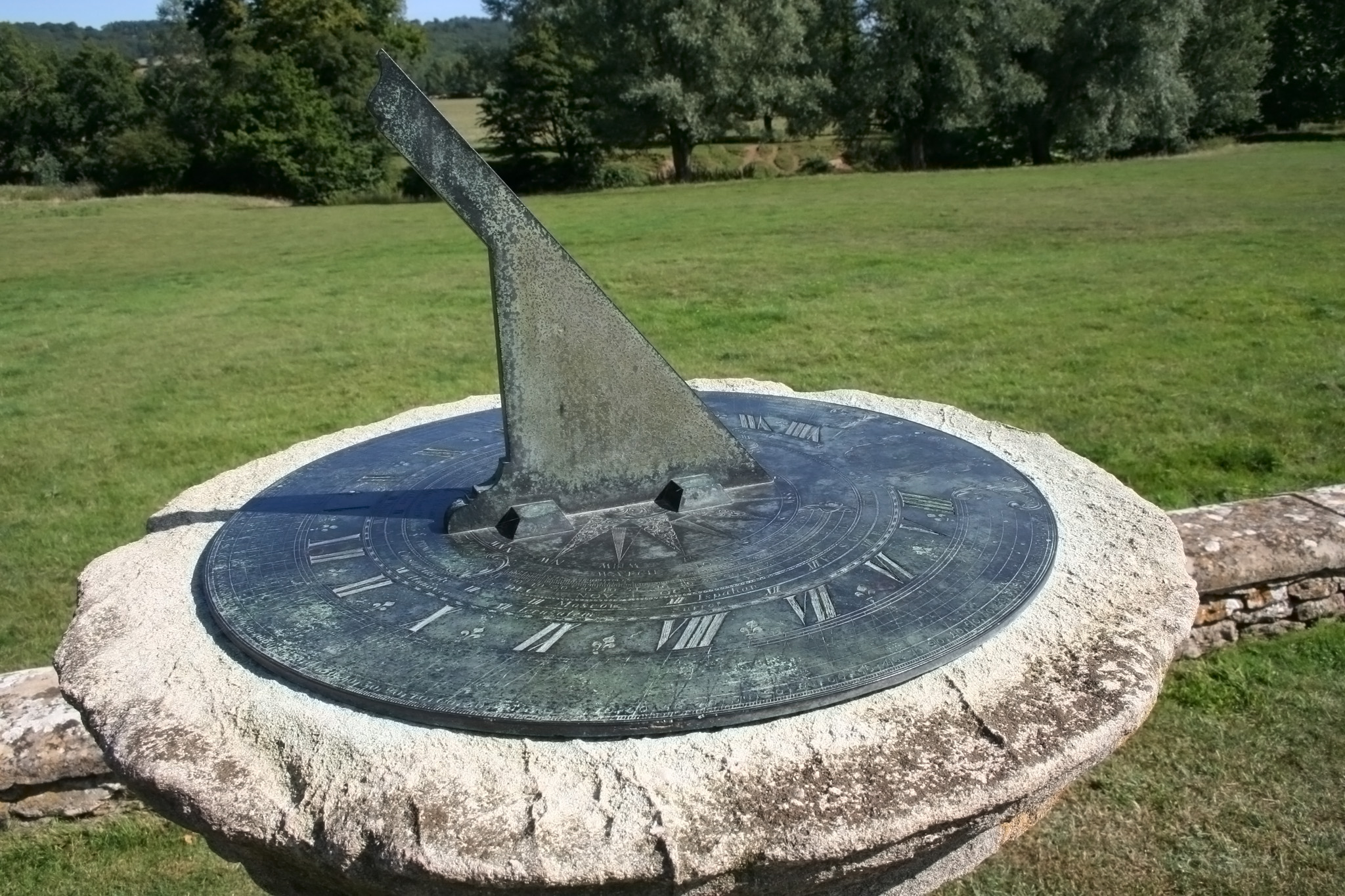
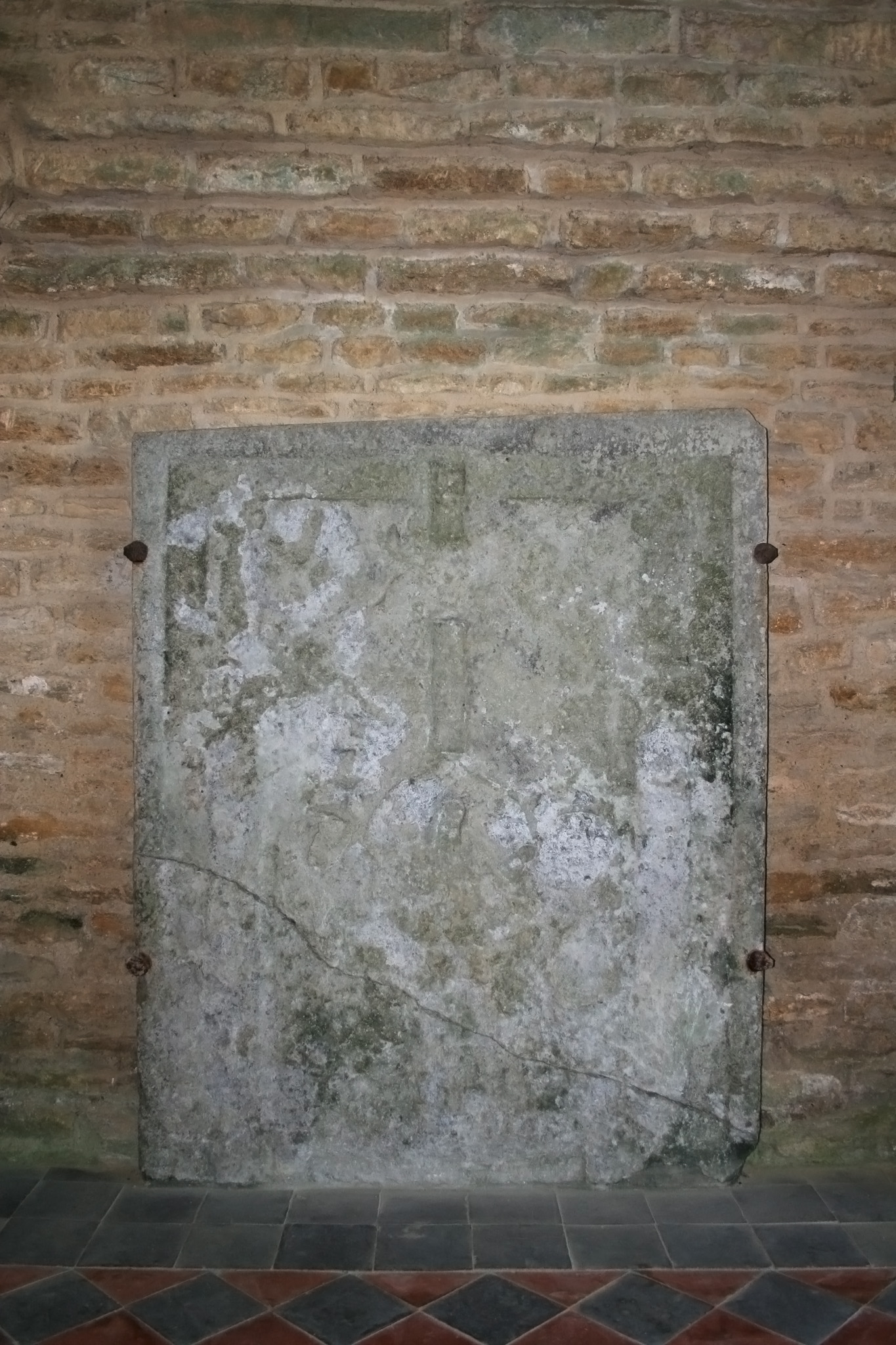
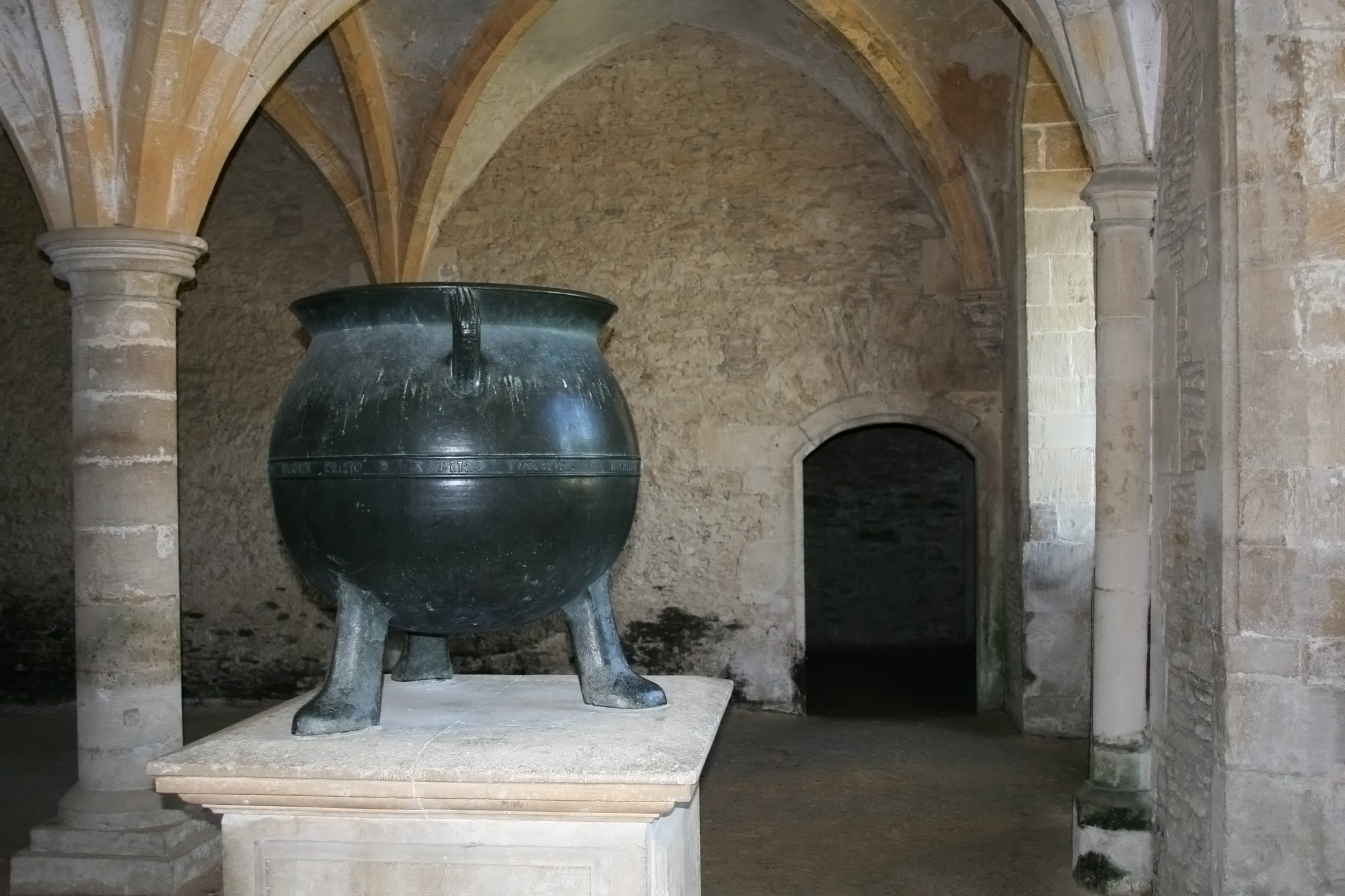
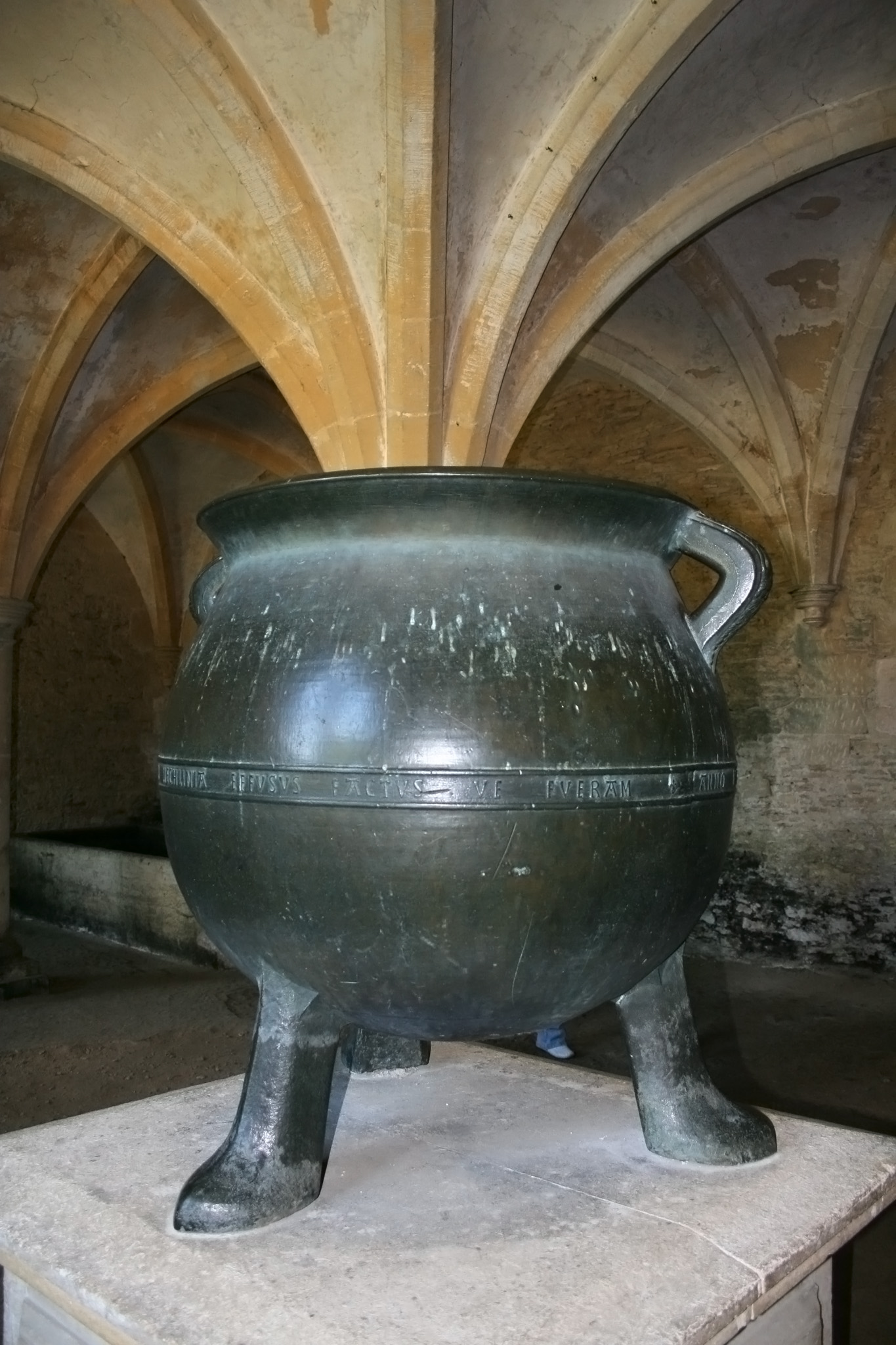
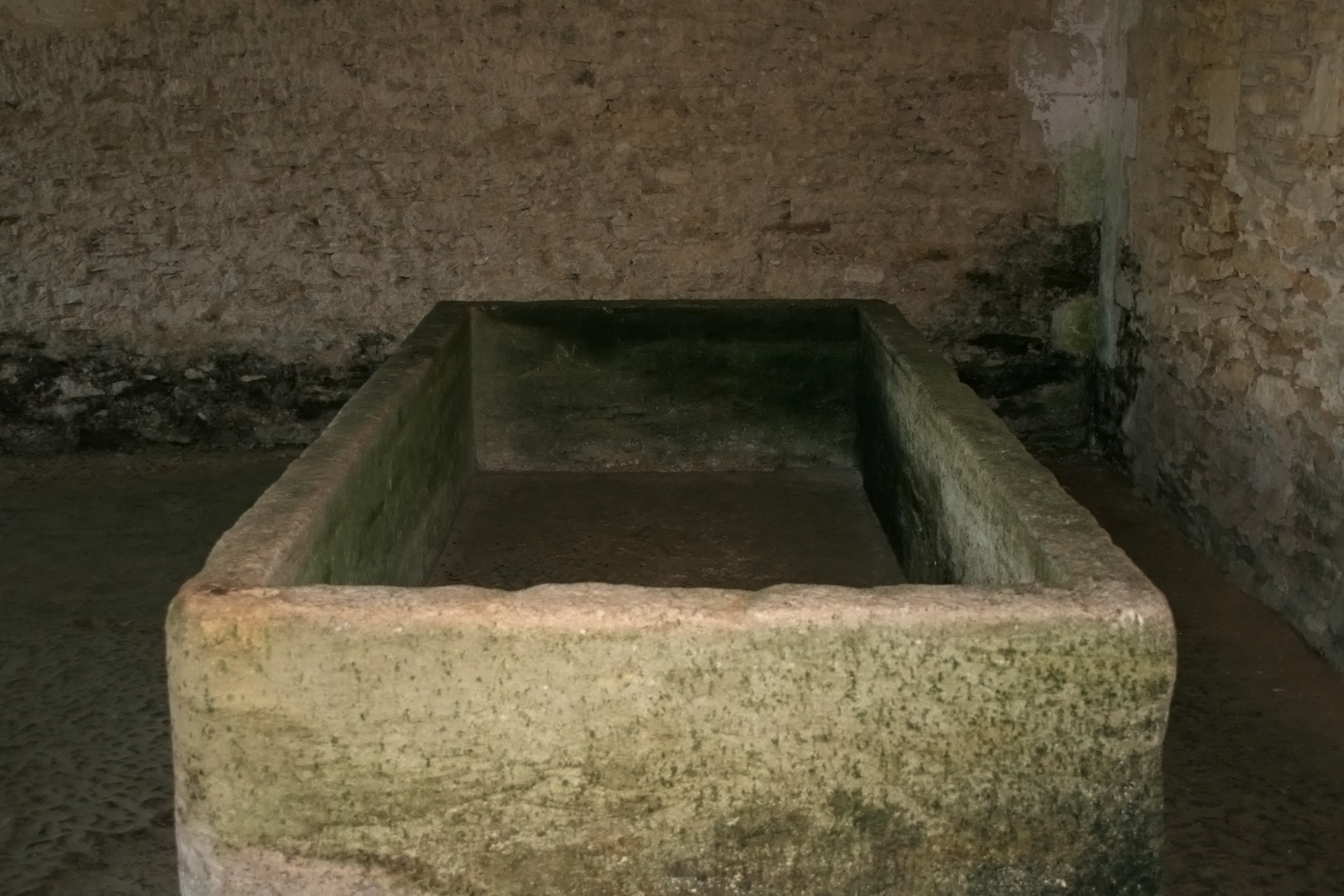
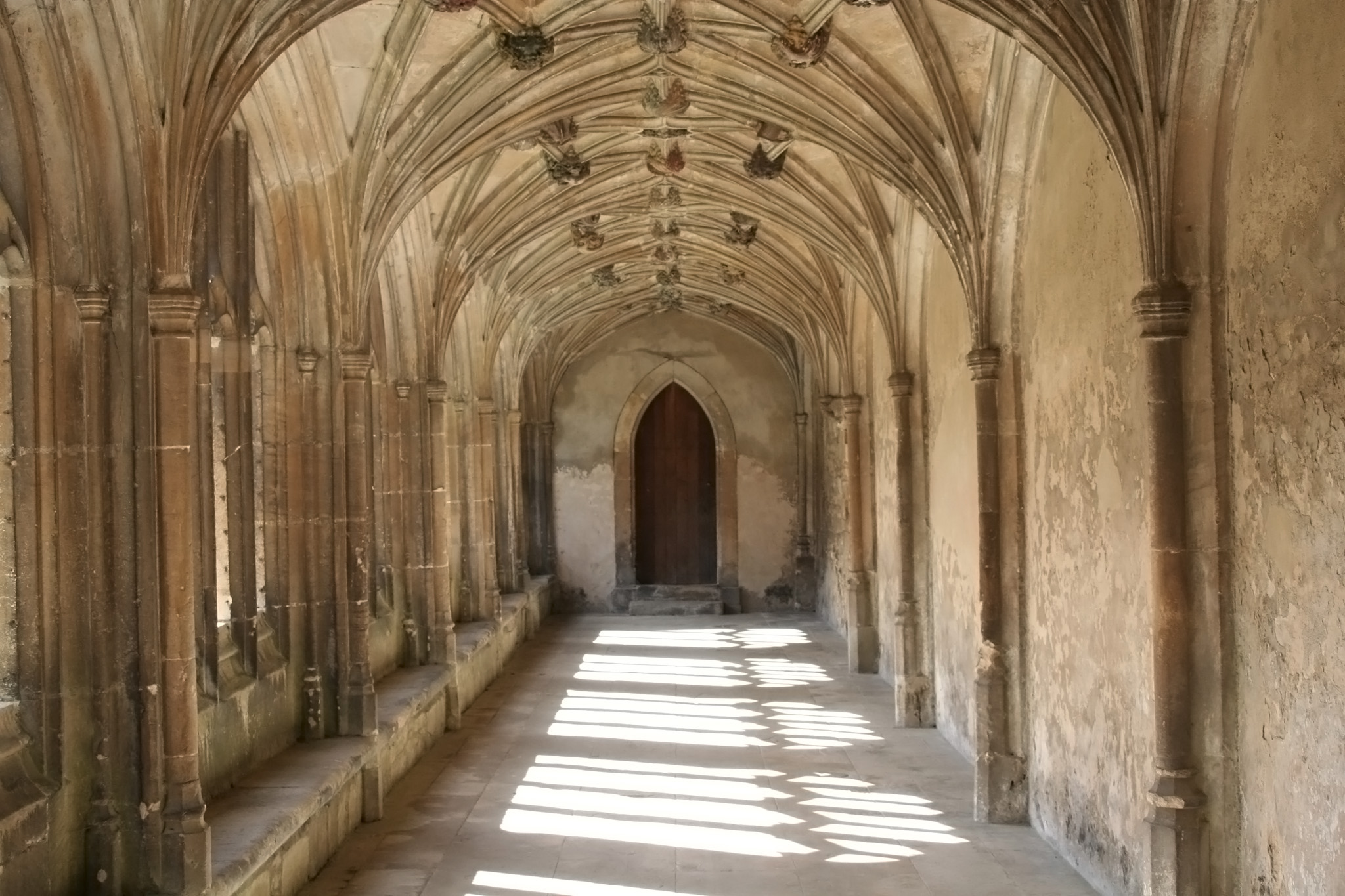
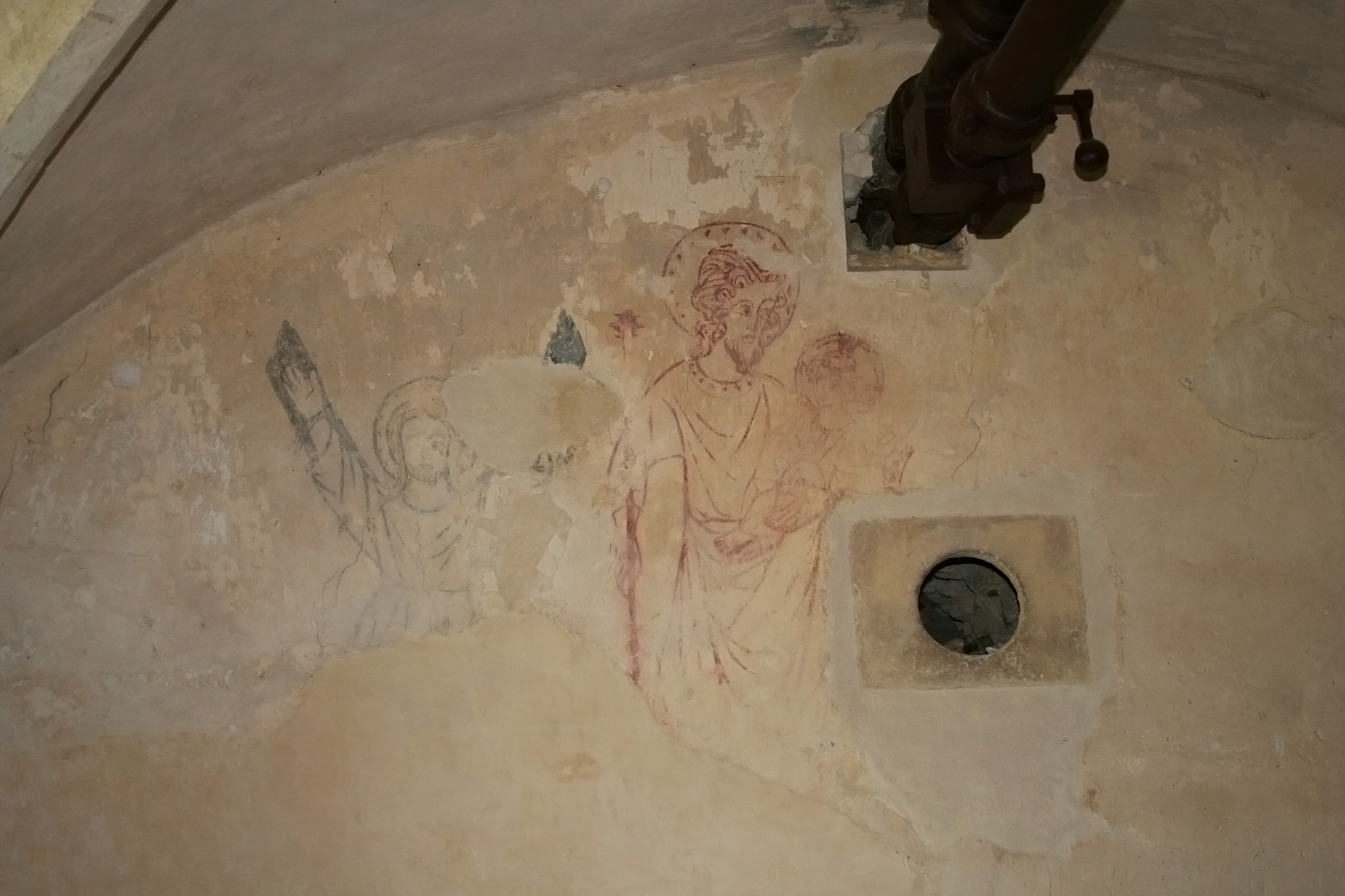
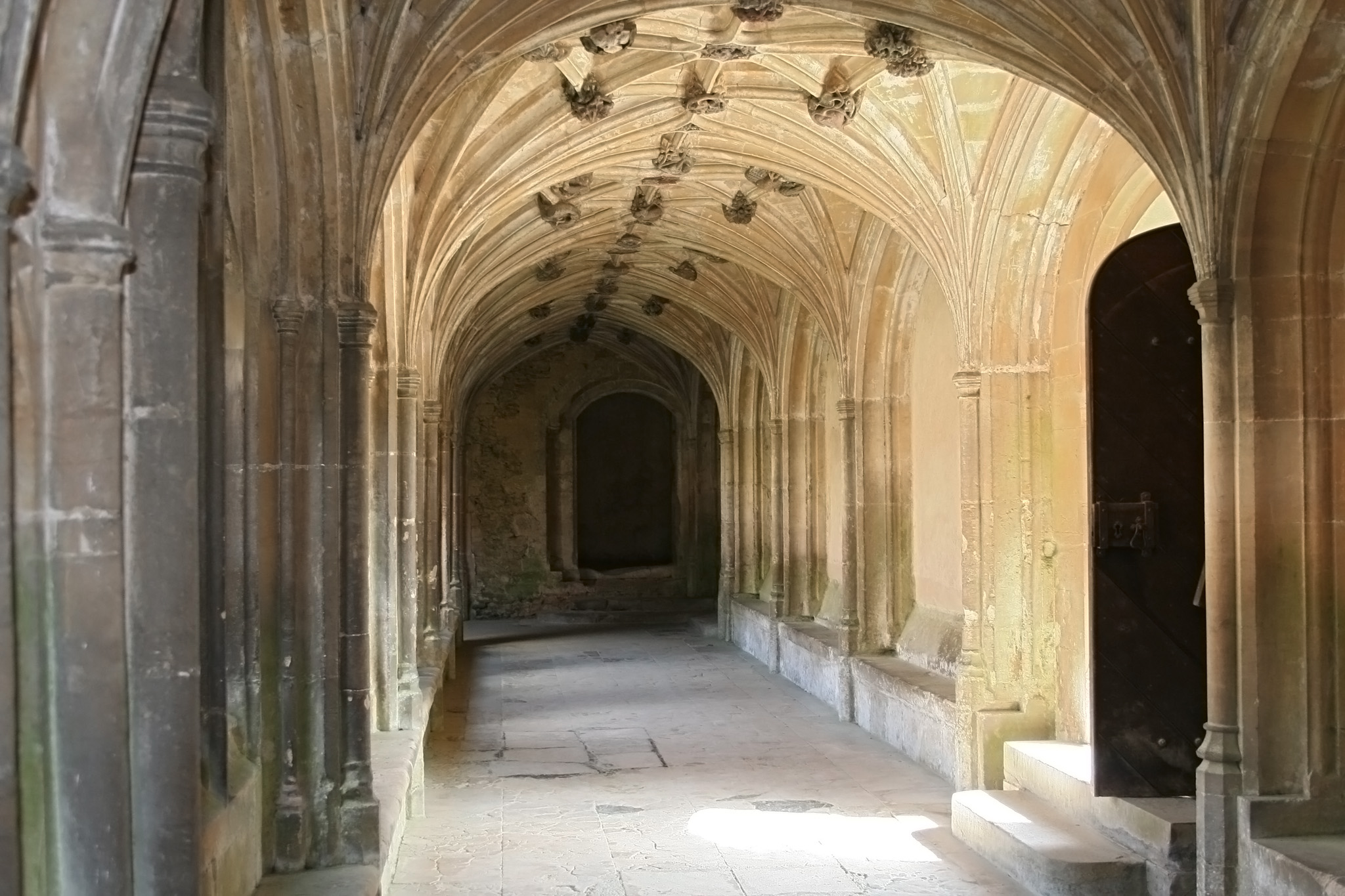
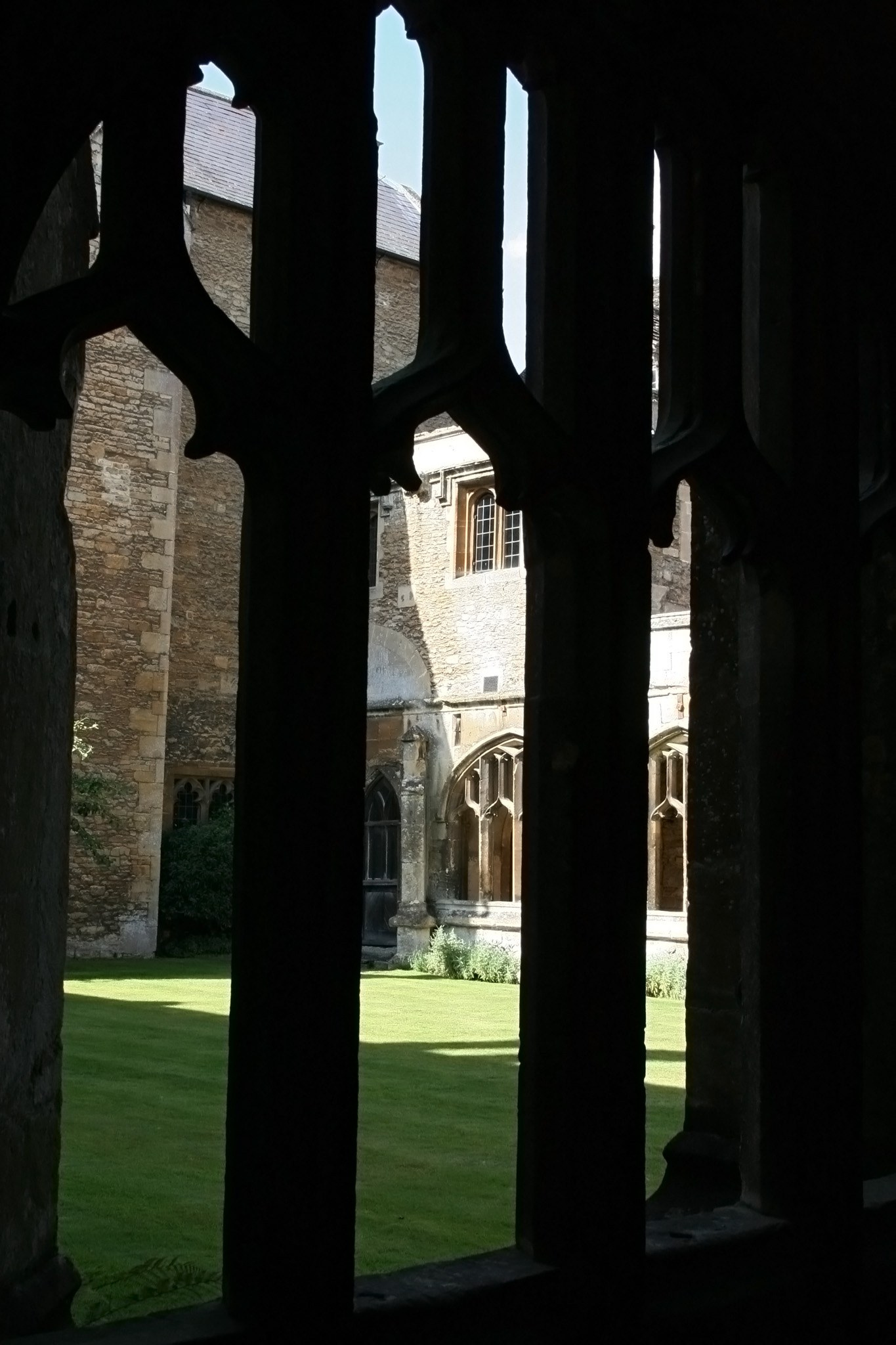
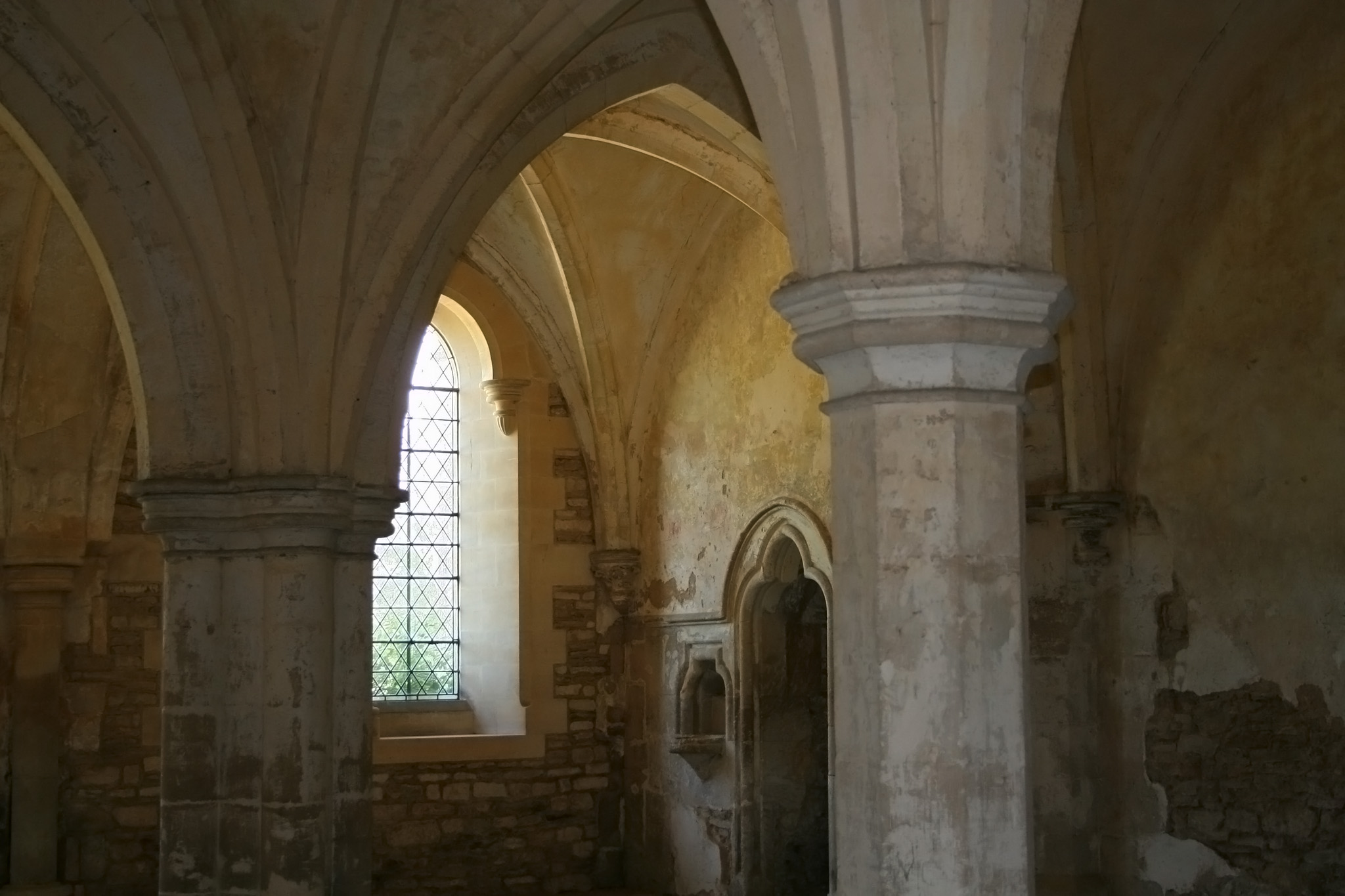
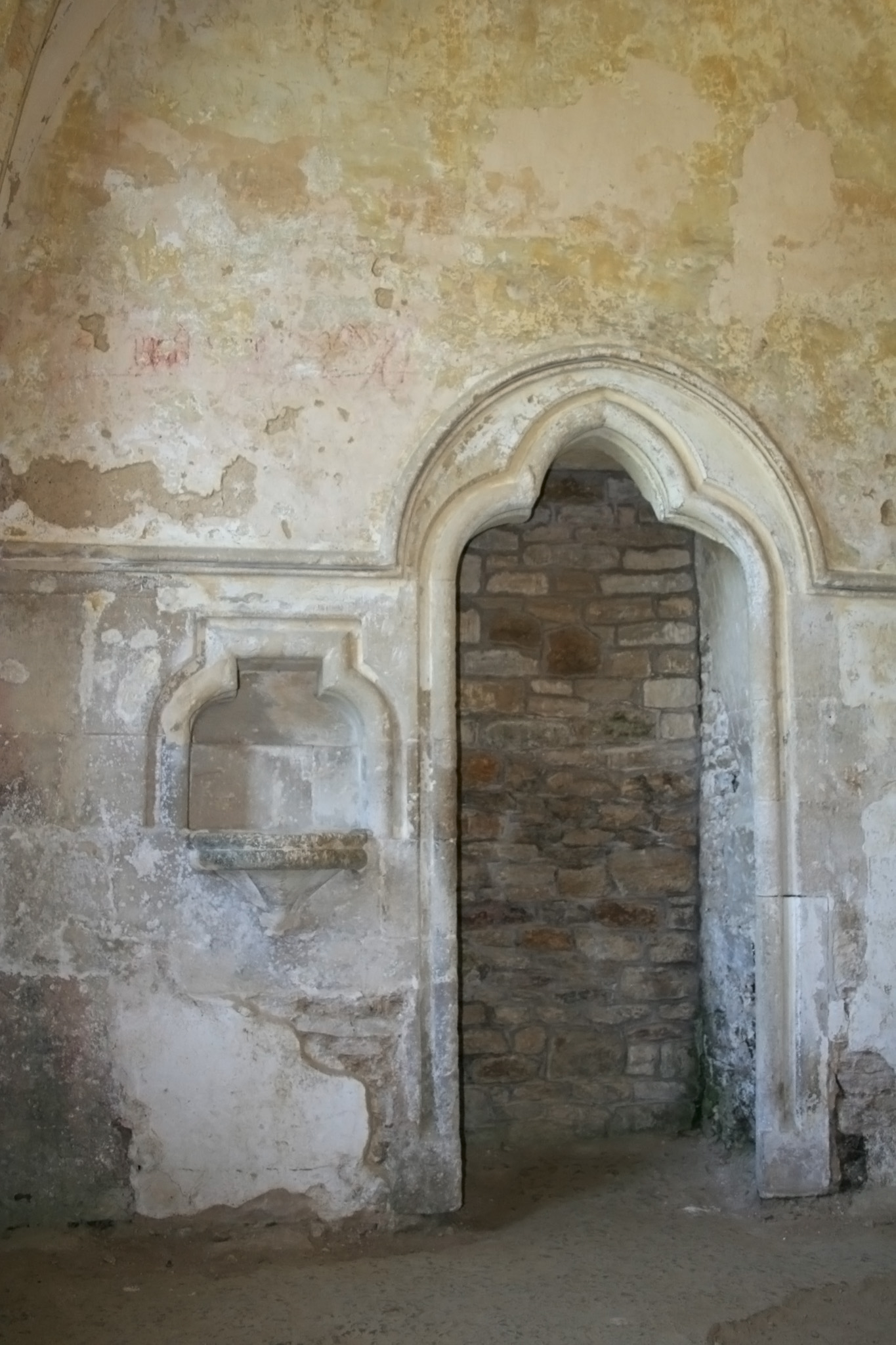
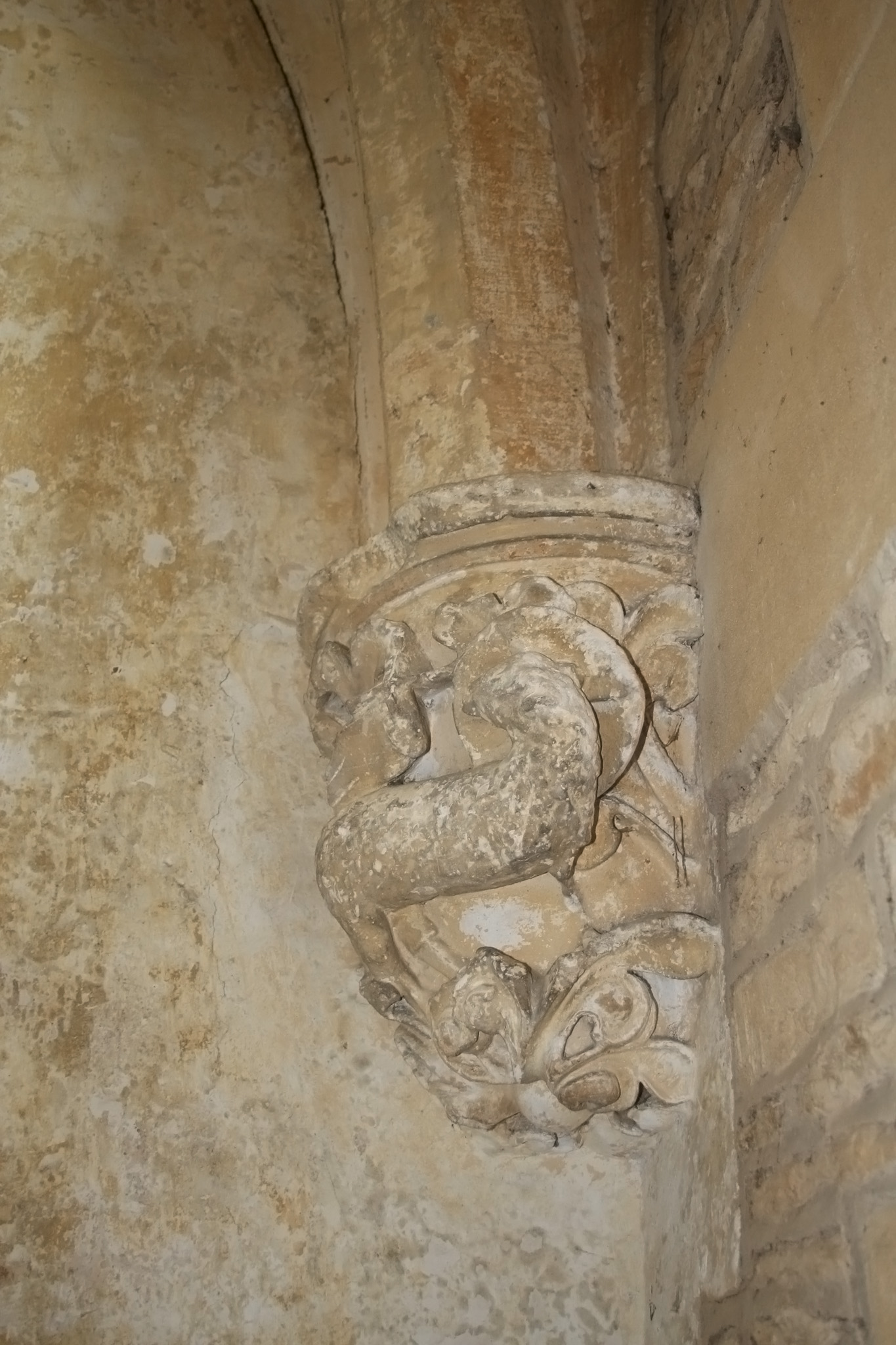
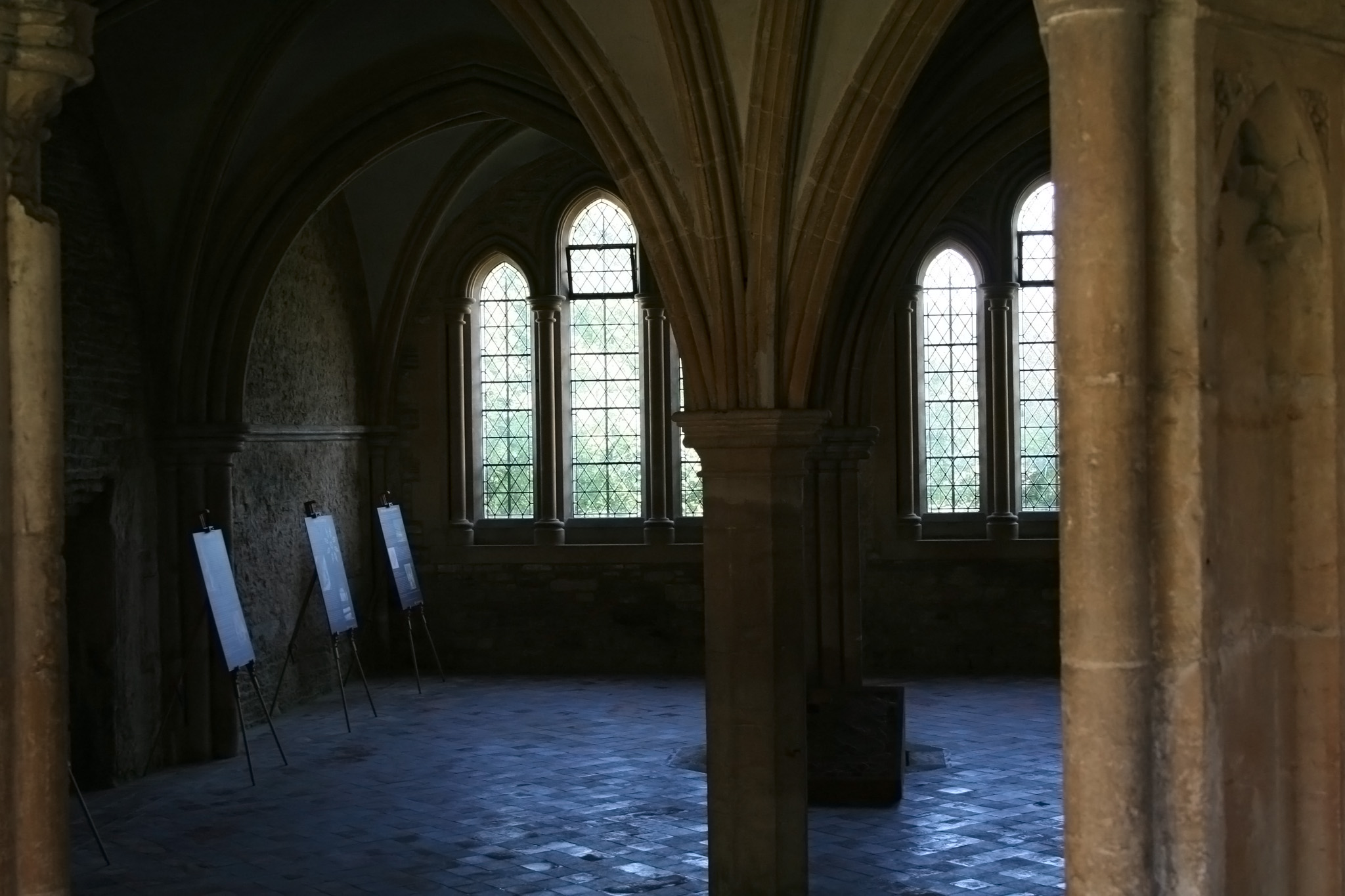
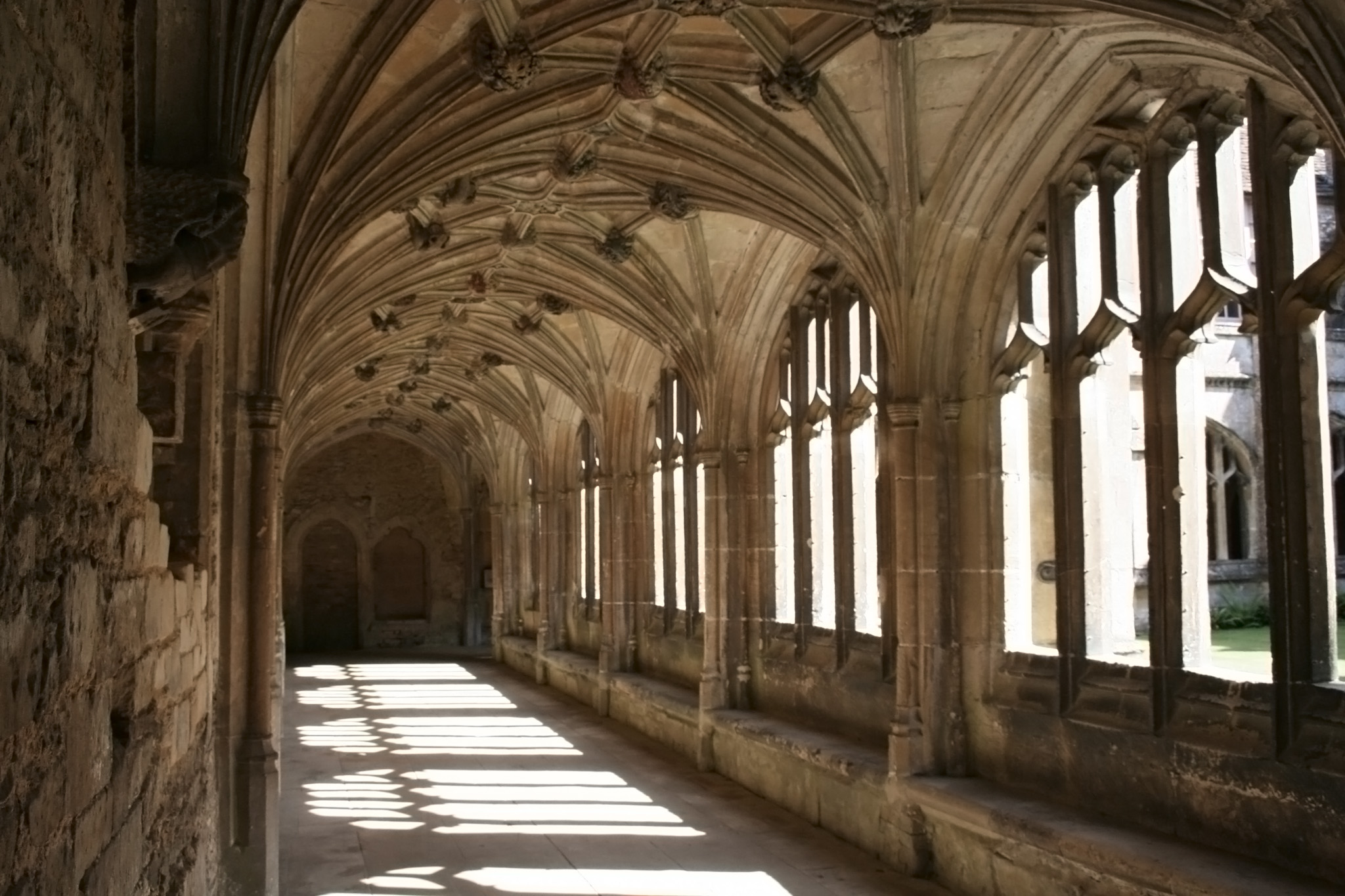
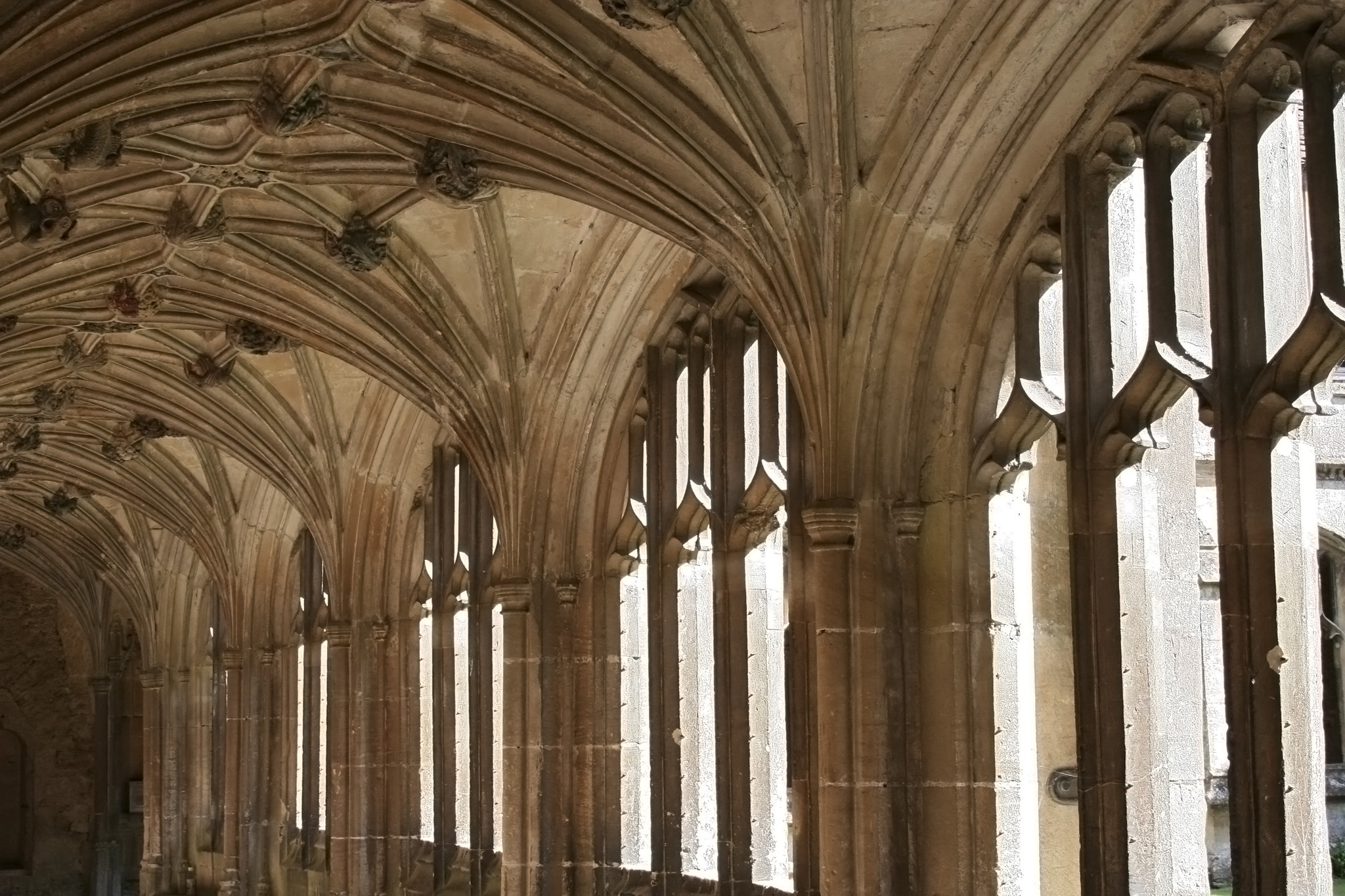
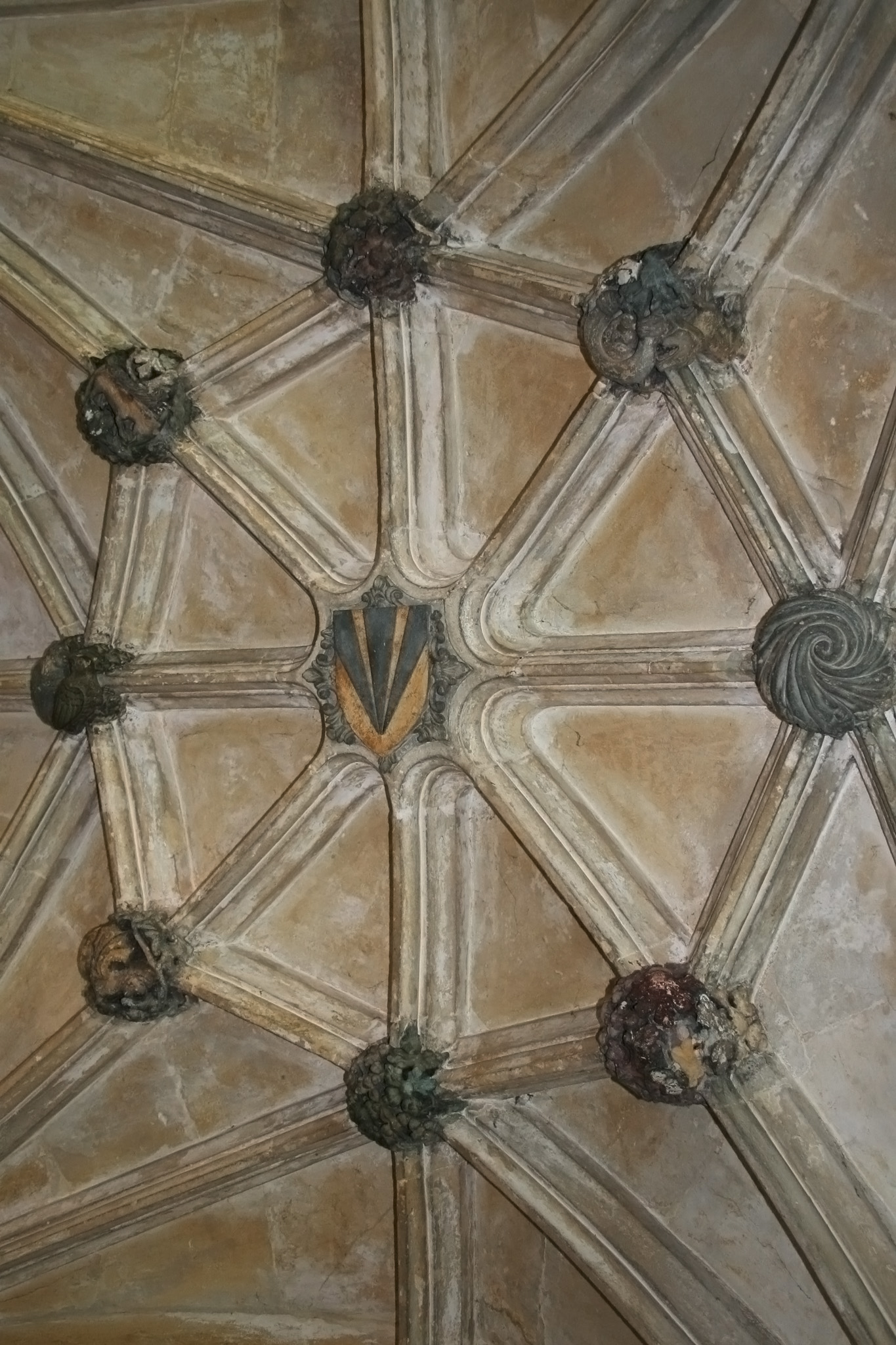
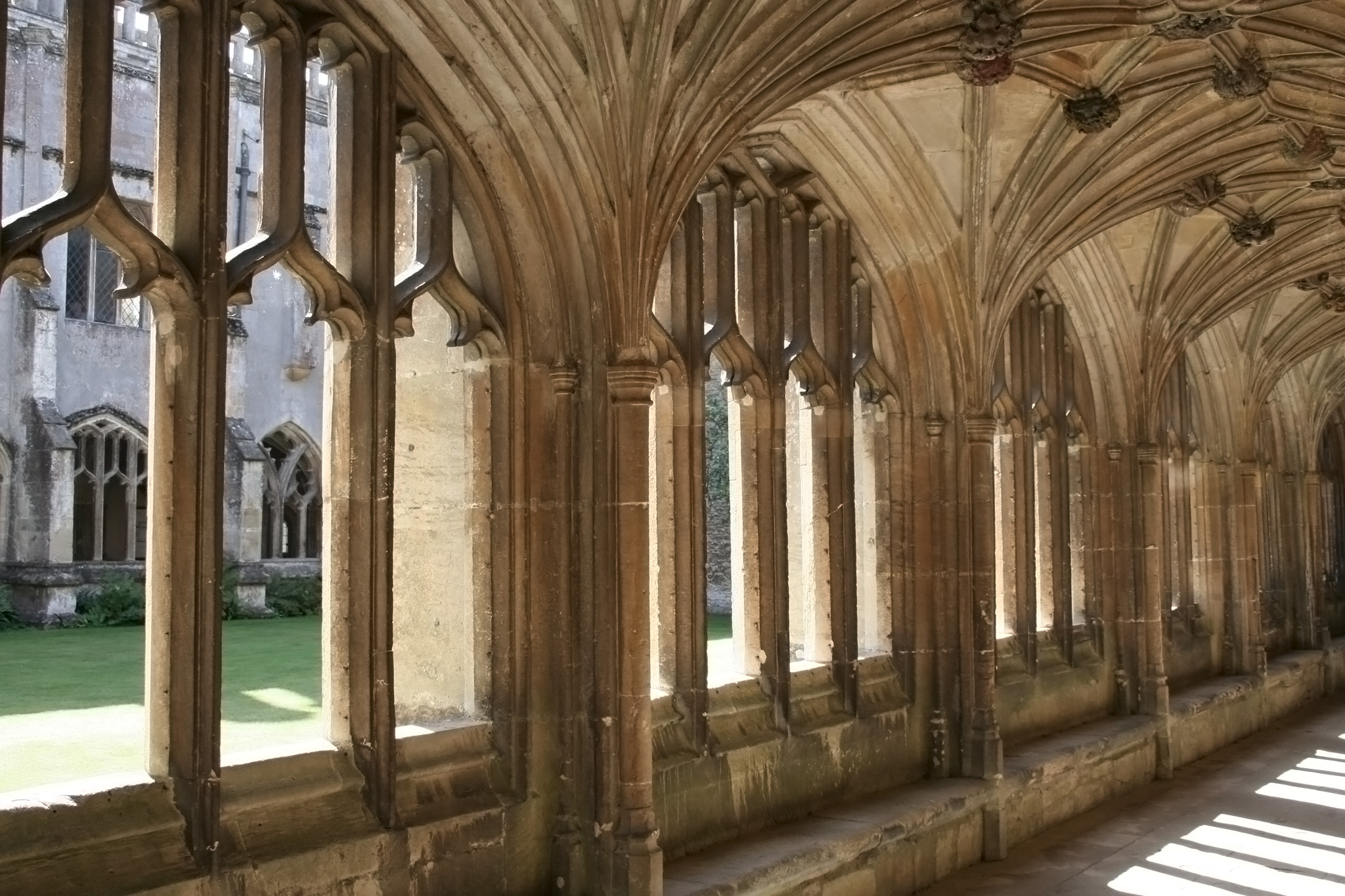
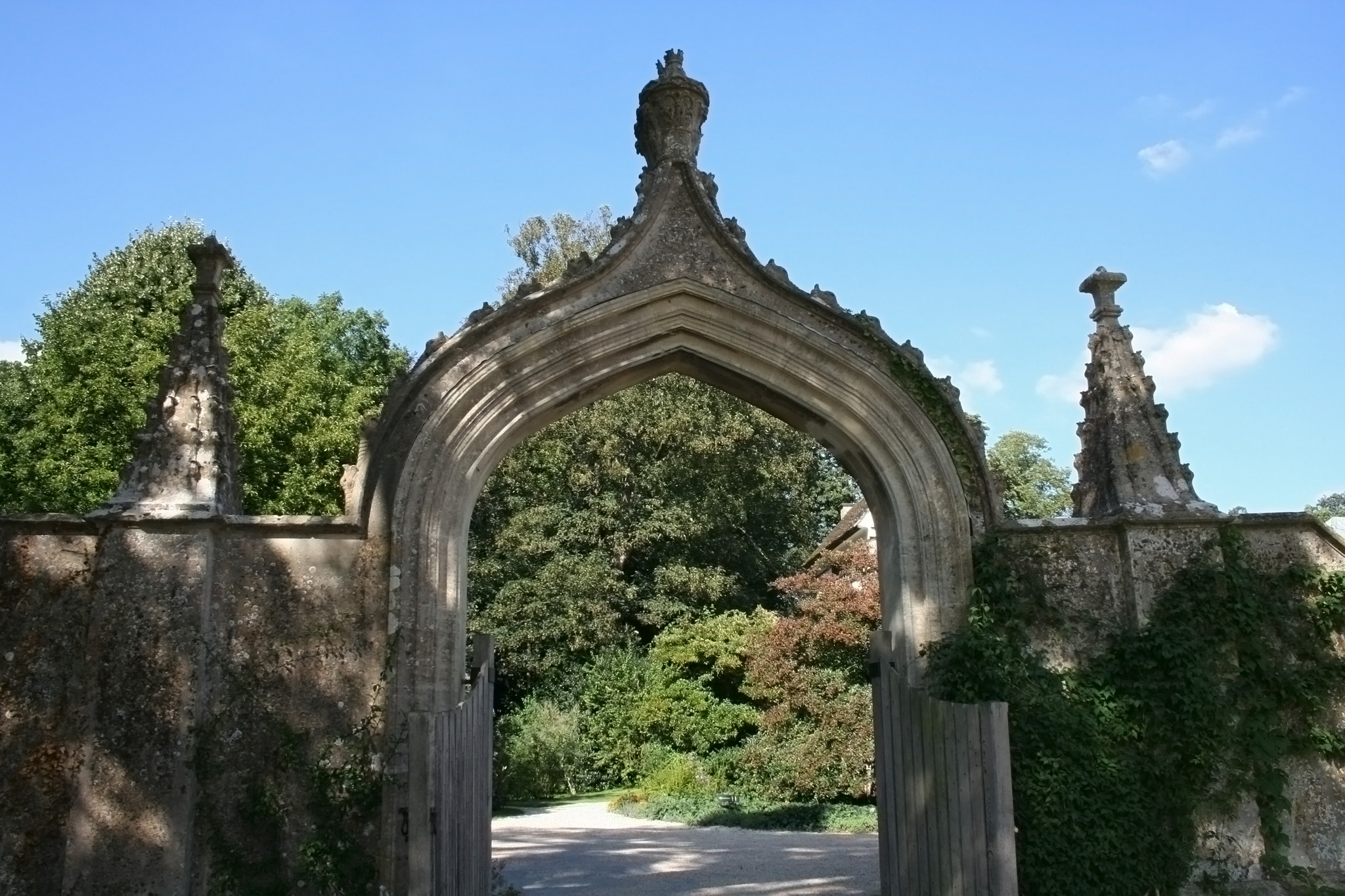
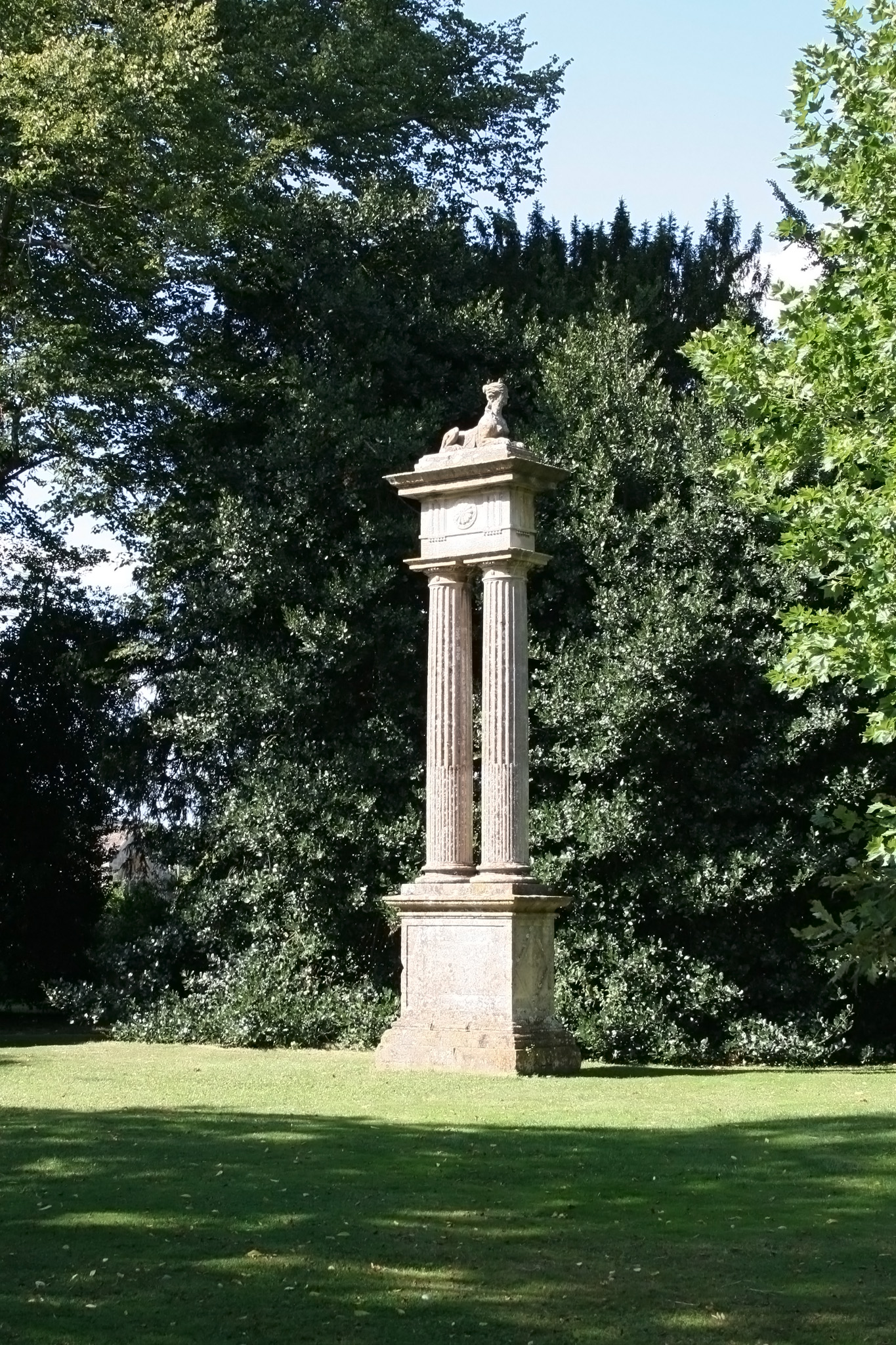
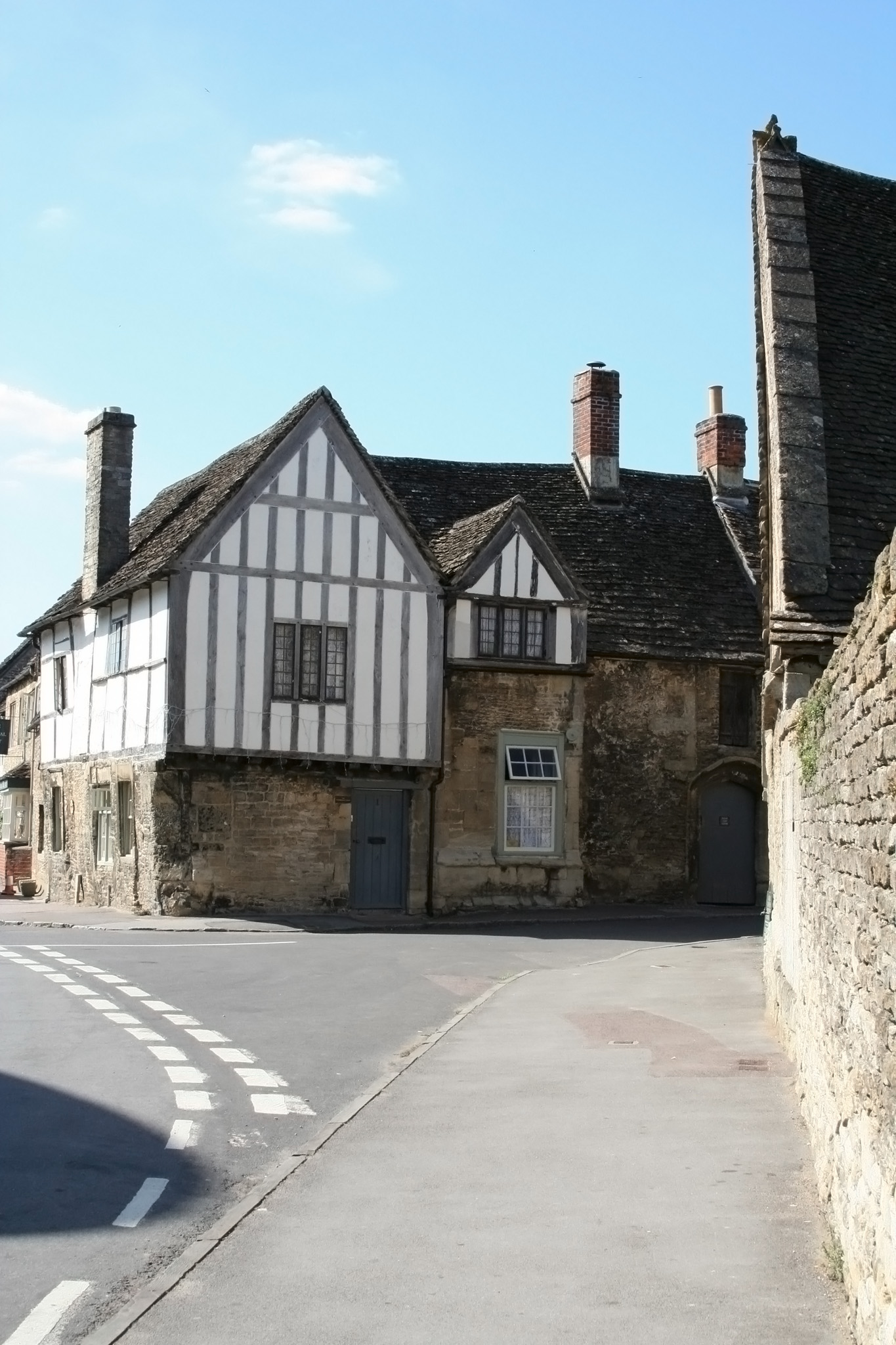
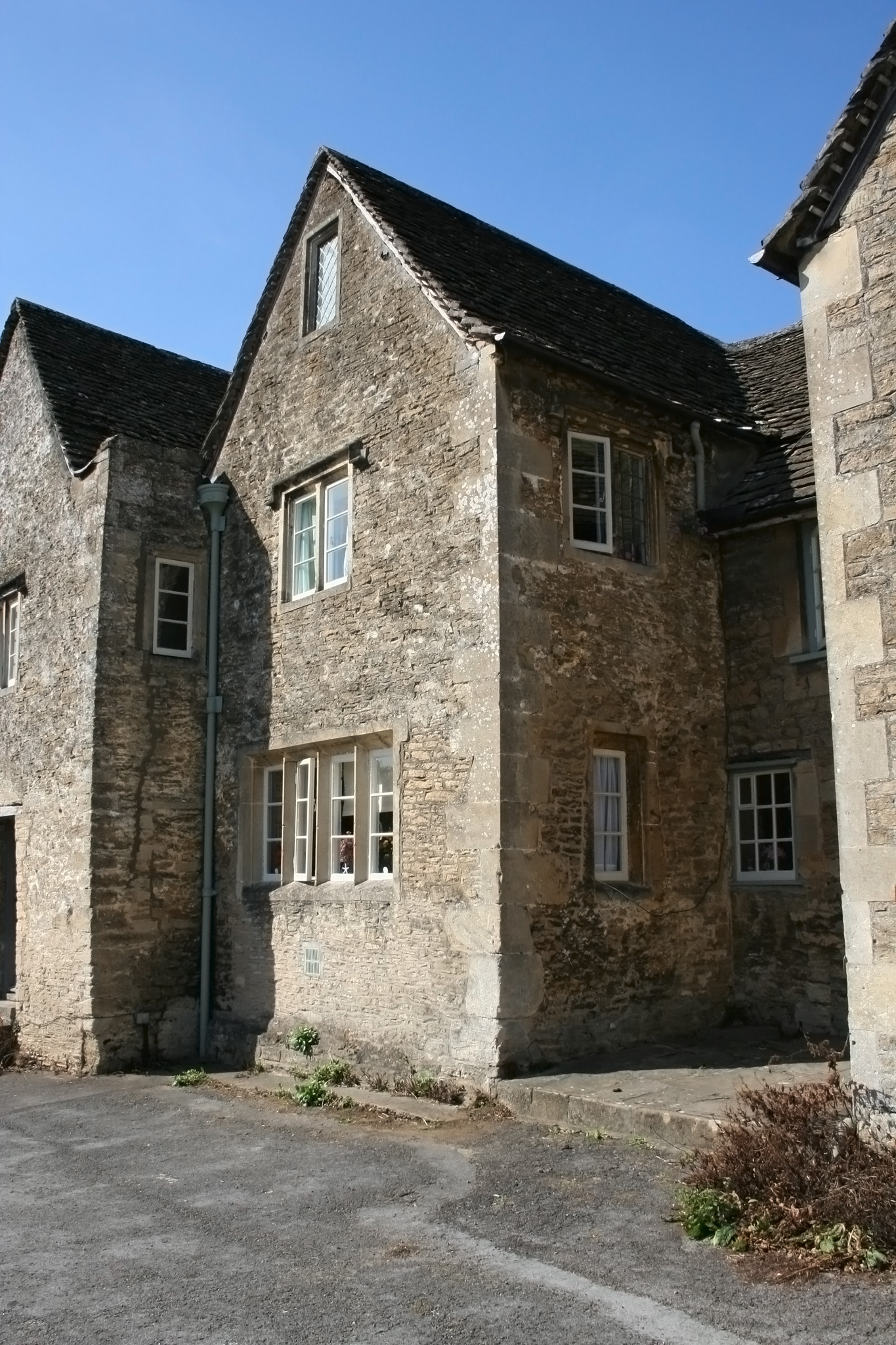
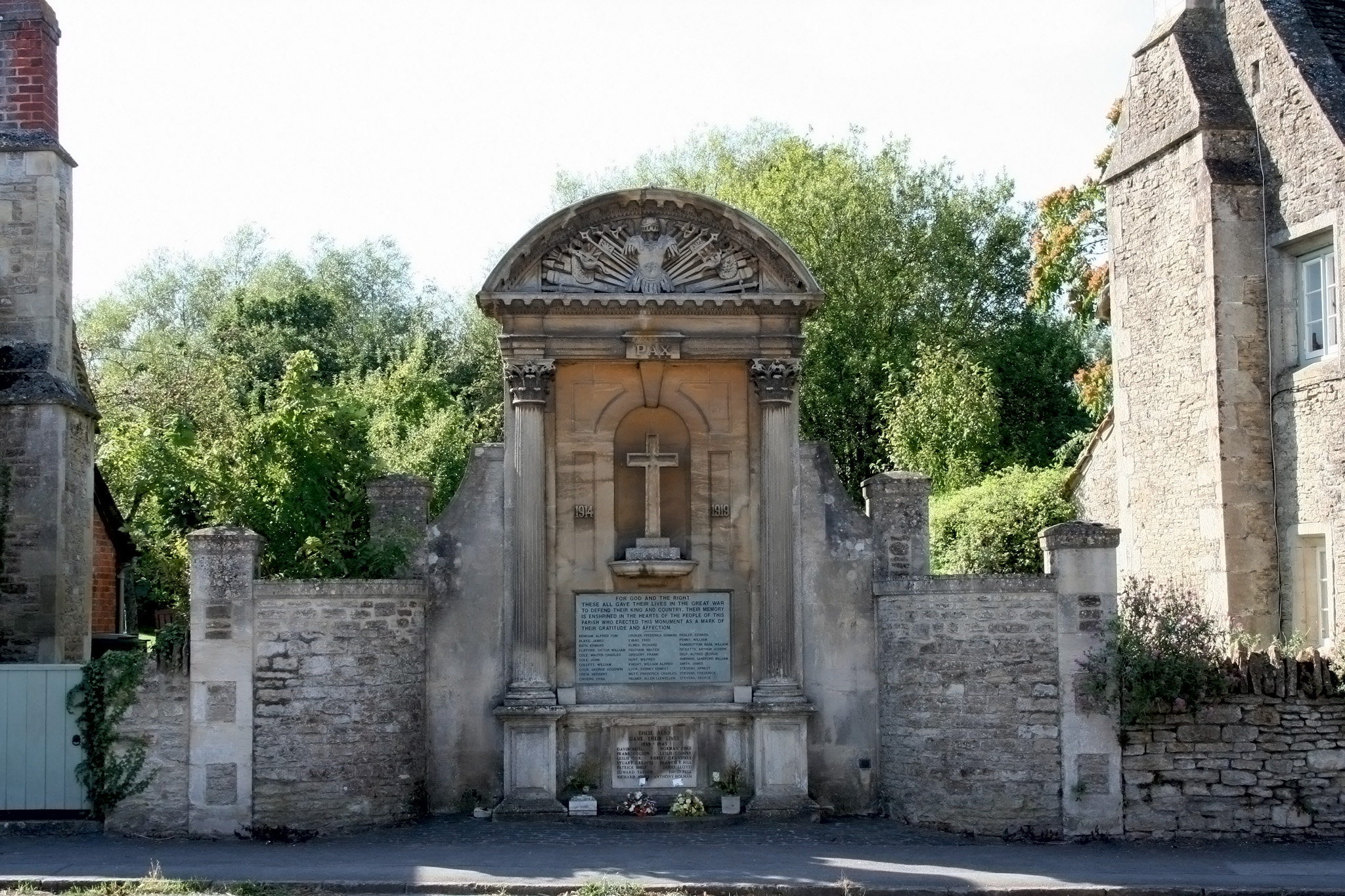
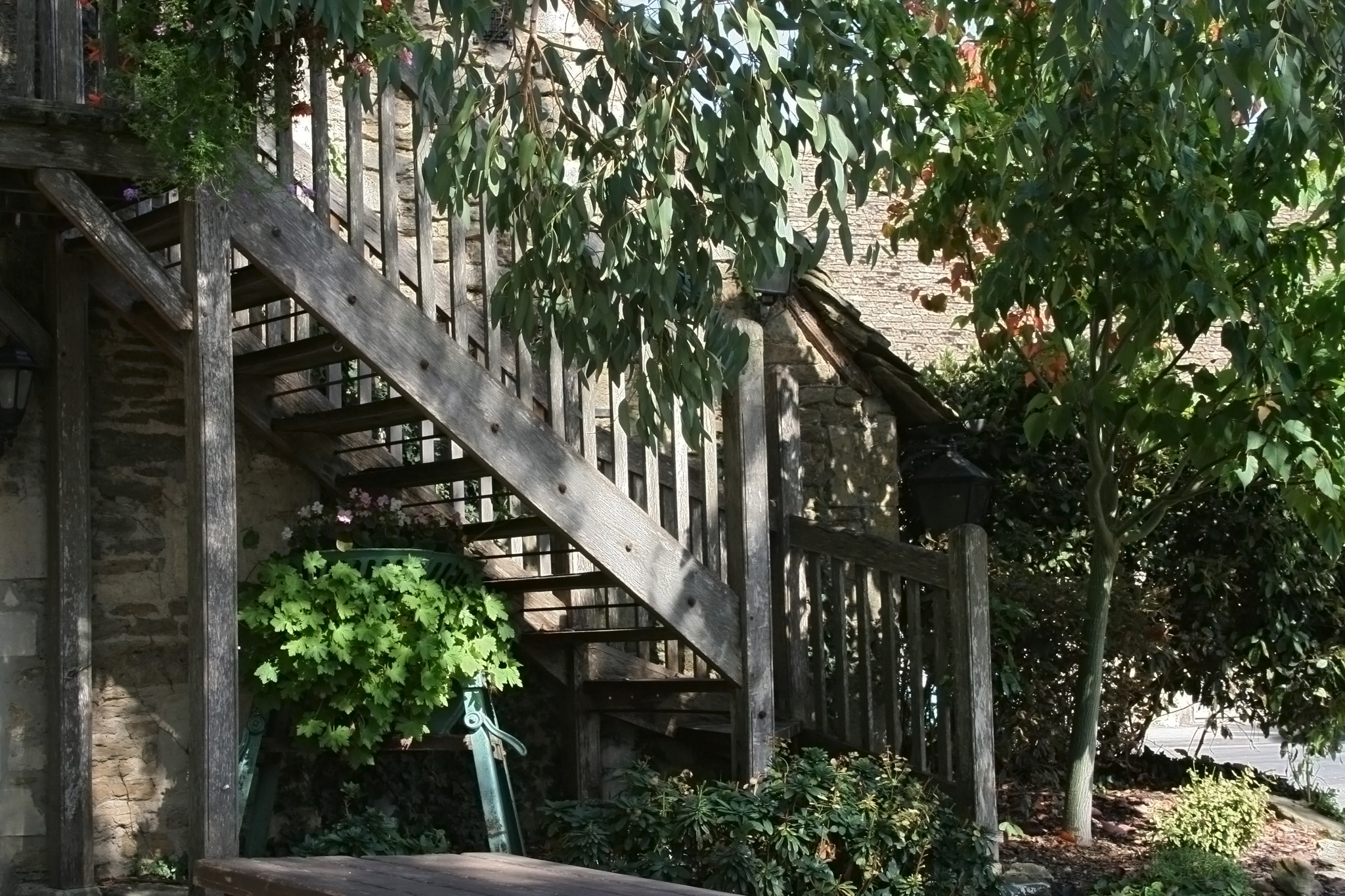
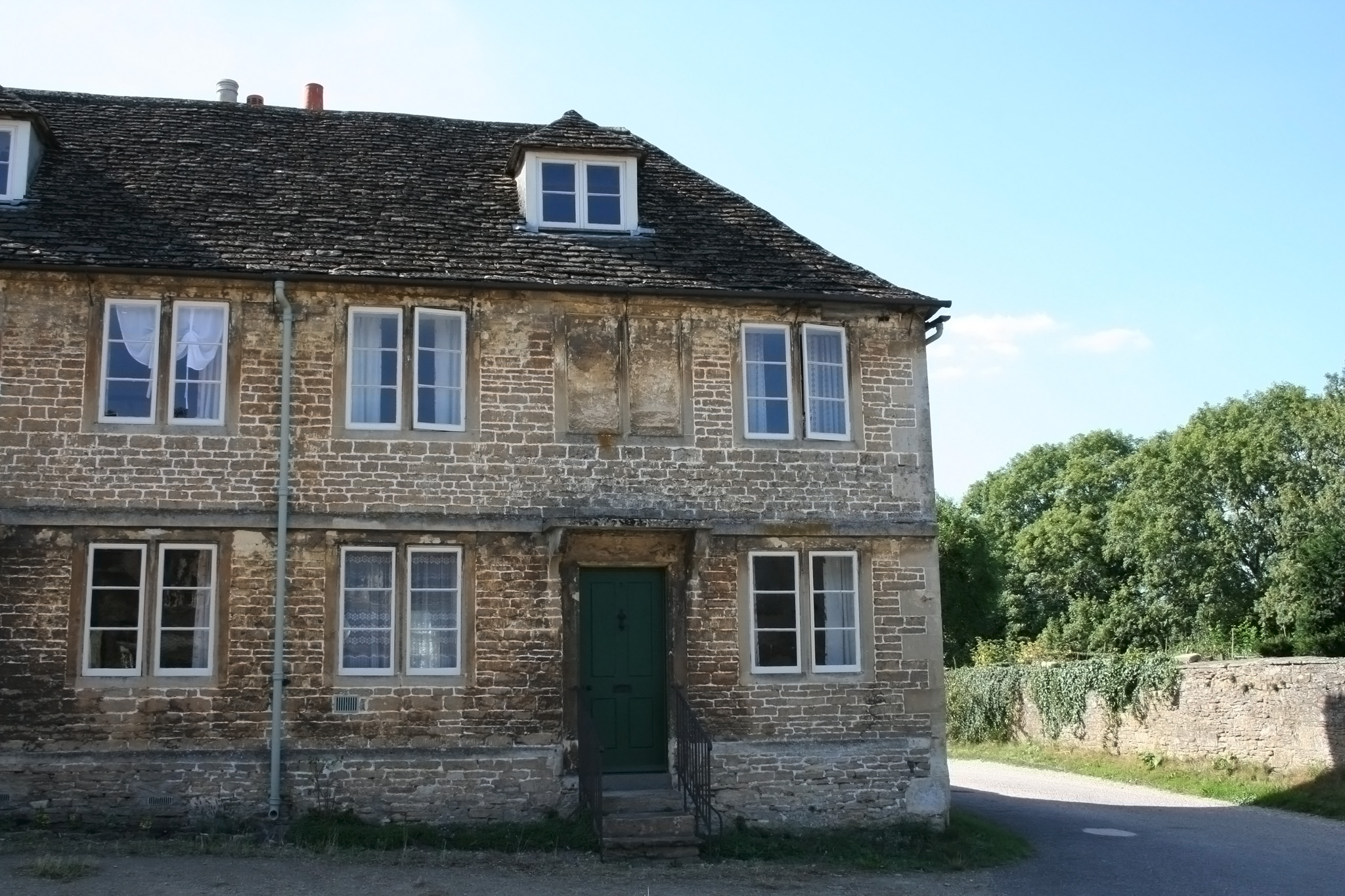
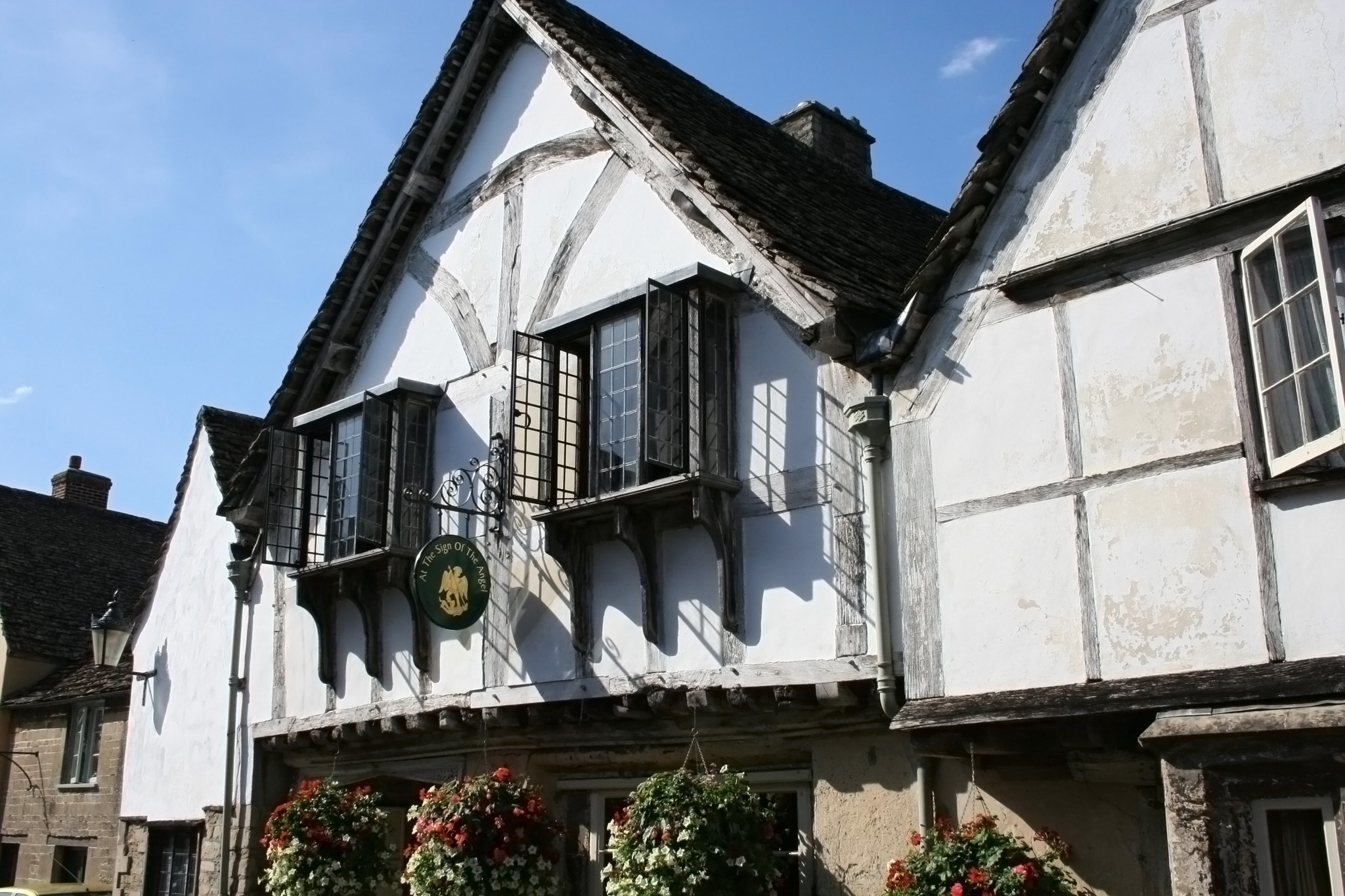
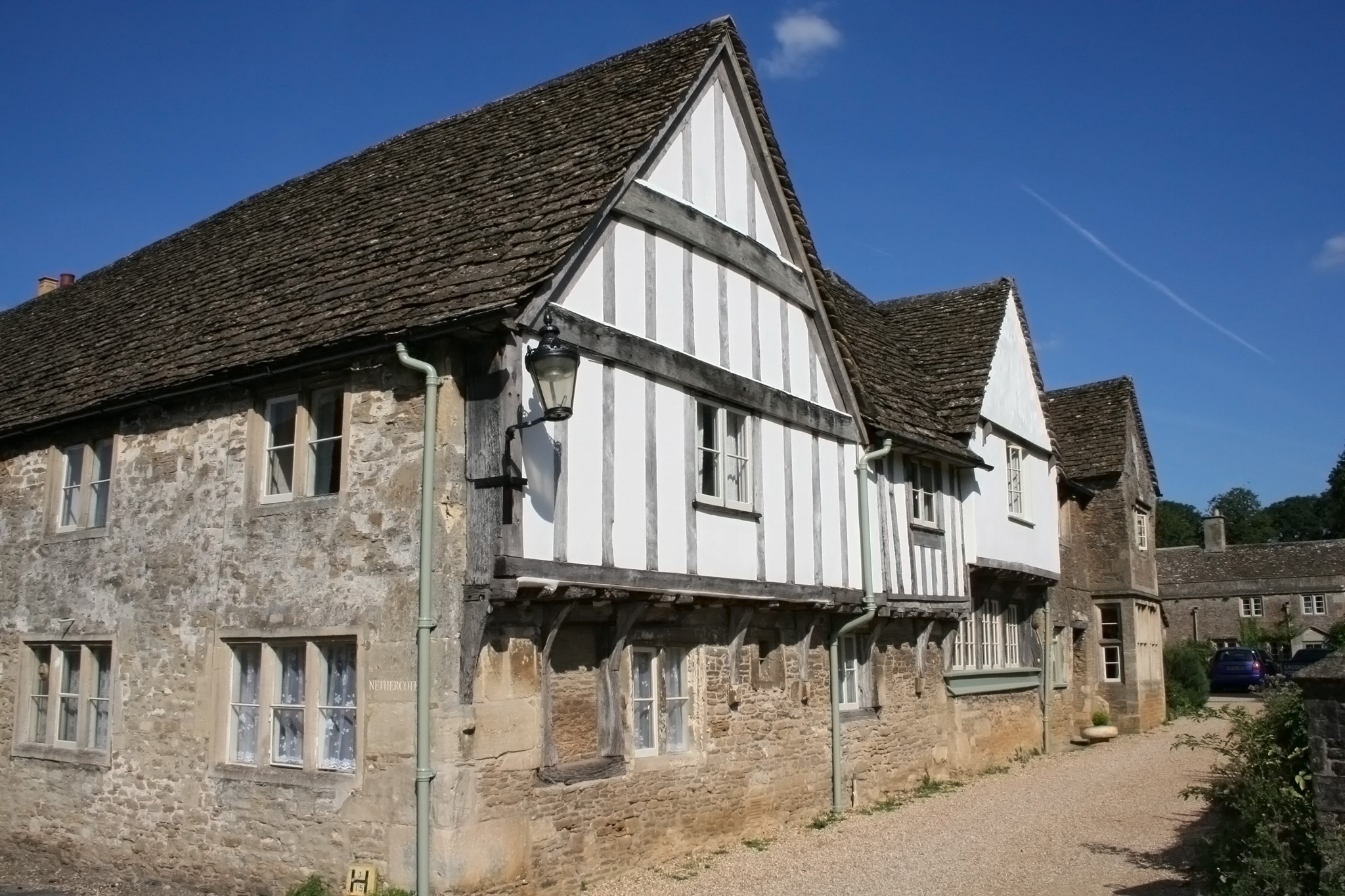
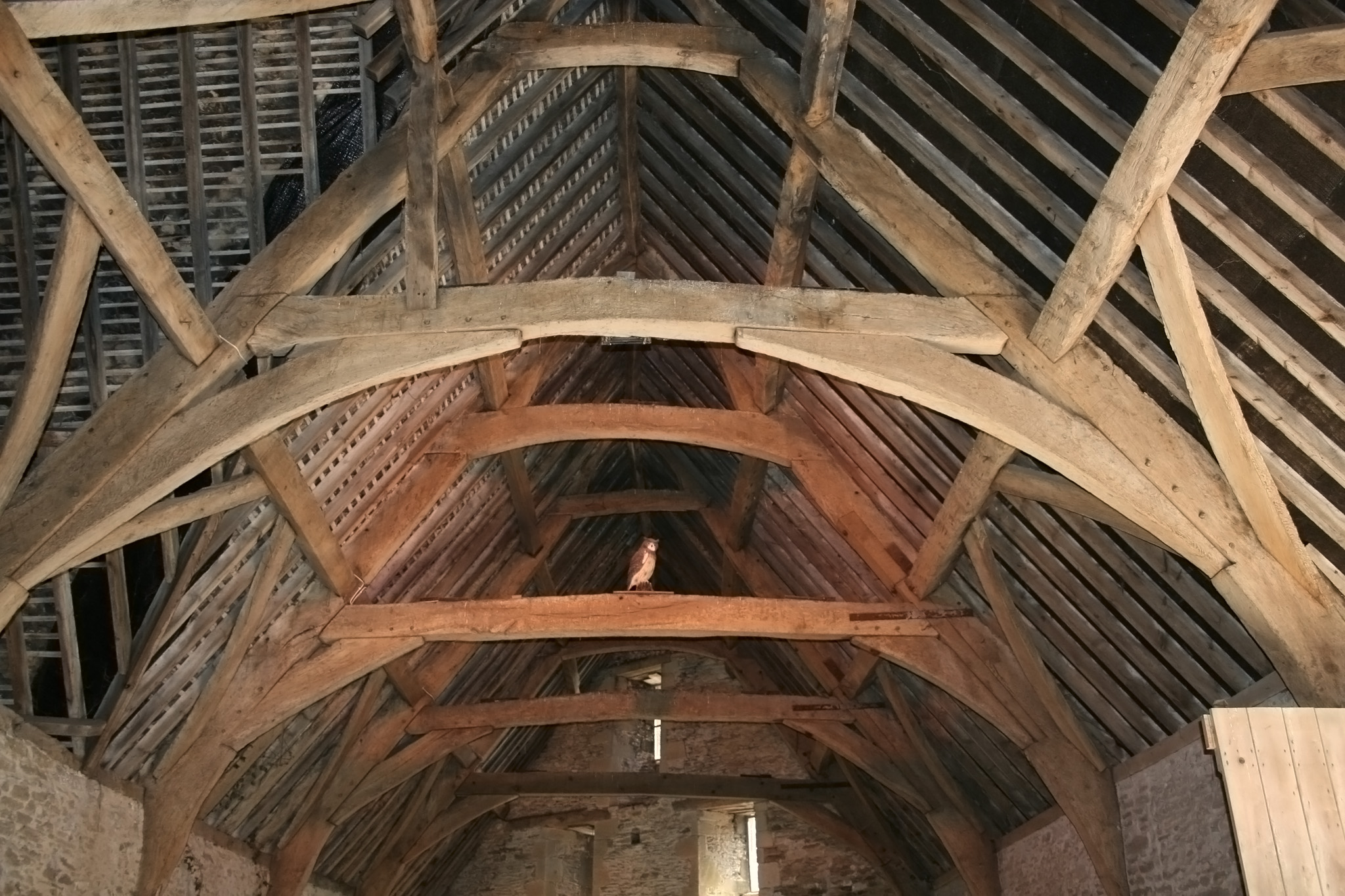
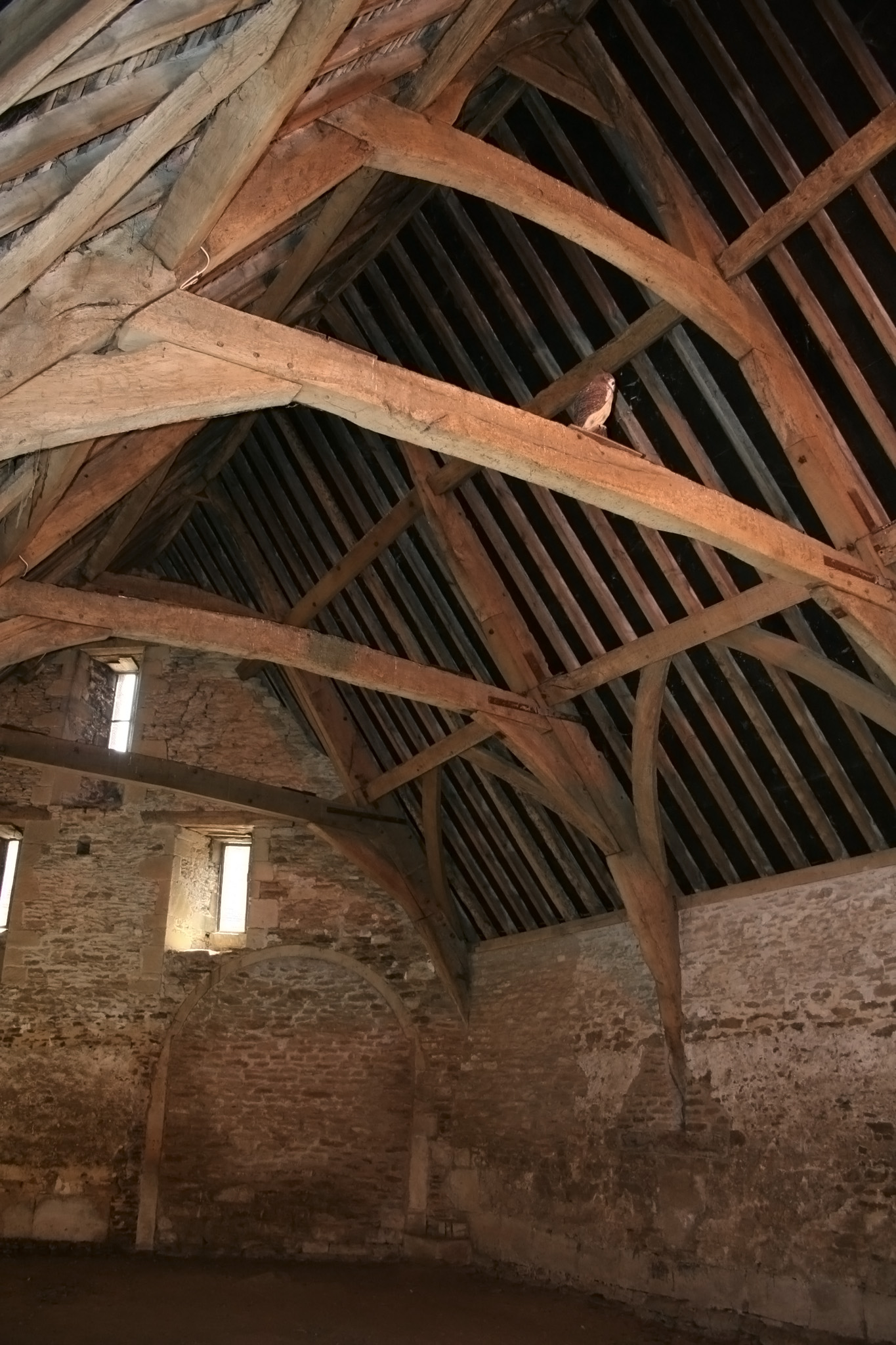
I do enjoy looking at these photos and they’re really good – especially given that they’re from your beginnings. If I look at mine from only a year ago, I almost start to cringe ^^ and I learned a little about rural England today. Well done 🙂